
Lee Warner Collection: Marathi Theatrical Group, 1870. British Library
Have you ever wondered how our folk theatre forms such as Nautanki in North India, Bhavai in Gujarat, or Tamasha in Maharashtra emerged? Who practiced these forms traditionally and how did the performers sustain themselves?
The Indian History Collective brings you an excerpt from Dr. Shailaja Paik’s chapter ‘Policing Untouchables and Producing Tamasha in Maharashtra’ that answers these questions with respect to the Tamasha in Maharashtra. To trace this genealogy of the folk theatre form, the author documents its longer history stretching from the 13th century to the present. The chapter forms a part of Dr. Paik’s book Vulgarity of Caste: Dalits, Sexuality and Caste in Modern India.
To start with some context, Tamasha is a secular folk theatre form in the state of Maharashtra and usually contains some form of social and political commentary. It is considered one of the defining cultural forms of the state. A usual Tamasha performance consists of a mix of song, poetry, skits, dance, and mimicry. You can watch a short clip of the art form here.
From the 13th century onwards Tamasha was a free service expected by upper castes from artisanal castes (Baara Balutedars), formerly untouchable castes and nomadic communities within the structure of caste slavery in villages in Maharashtra. Dr. Paik describes how Dalits who were coerced to work as servants under this structure were “denied manuski (humanity) and ordered to perform menial and agrarian tasks and to perform dance, music, and song for the entertainment of touchables. These forced performances were part of a broader system of caste slavery and reinforced the low and degraded status of Untouchables.”
During the 20th century, Tamasha started being categorised as ‘Ashlil’ or vulgar due to some of its sringarik (erotic) elements by upper caste elites and the colonial government. In contrast to the colonial period, after the linguistic formation of Maharashtra state, the art form came to be patronised and appropriated by the government and upper castes as a form of ‘asli’ or authentic/ form of popular cultural production (lok kala) of Maharashtra. The art form helped buttress claims of Maharashtra’s unique and organic culture. Reflecting this sub-nationalism, writing on Tamasha in Marathi has been significant. However, writing on Tamasha in English is scarce and has largely ignored this popular subaltern art form. That said, writing in both languages has largely focused on the artistic production and composition of Tamasha rather than on the social structures that have historically produced the art form. The chapter ‘Policing Untouchables and Producing Tamasha in Maharashtra’ works to fill this gap.
Dr. Paik’s historical study of Tamasha in this excerpt, describes the role the art form has played in reinforcing caste dynamics and rehearsing dominant social attitudes in Marathi society in the past and today. The chapter is divided chronologically into two parts. The first part narrates (1218-1818 CE) the historical origins of the Tamasha as an art form and is presented in the excerpt below. The second part addresses how Tamasha as an art form changed in the 20th century under the pressures of modern social values. These modern values were a product of the interaction between Victorian and Brahmani(cal) ideals of morality and respectability during the colonial period.
So how did Tamasha reinforce or socially perform caste dynamics in the Marathi village? As discussed briefly above, Tamasha was one element of the free labour expected from marginalised castes. Through the idiom of tradition, Tamasha reinforced this idea of free service due to the upper castes. This relationship is not only repeated but also constructed expectations and social values through repetition. In effect, it solidified upper caste domination of the social order. It is important here to note here that Tamasha and other forms of extracted and free labour from marginalised came from their alienation from land which the upper-caste communities controlled. They had no economic alternative. Additionally, it’s important to note the gendered aspects of this process. Upper caste men labelled Dalit women as not virtuous and ashlil (vulgar) in society due to their performance of the sringarik (erotic) elements of Tamasha. This labelling allowed upper castes to stigmatise Dalit women but also paradoxically marking their bodies as sites of sexual exploitation. This process both produced as well as reinforced caste dynamics. According to Dr. Paik, “Tamasha was a performative of the hierarchies of labour and social life, reproducing socio-political power and stigmatising Untouchables even further.”
Note – The Marathi word Brahmani in the chapter corresponds to the English word Brahminical.
The images in the story may not necessarily represent Tamasgirs (Tamasha performers) due to the paucity of historical documentation of the art form.
Tamasha, Work, and Play
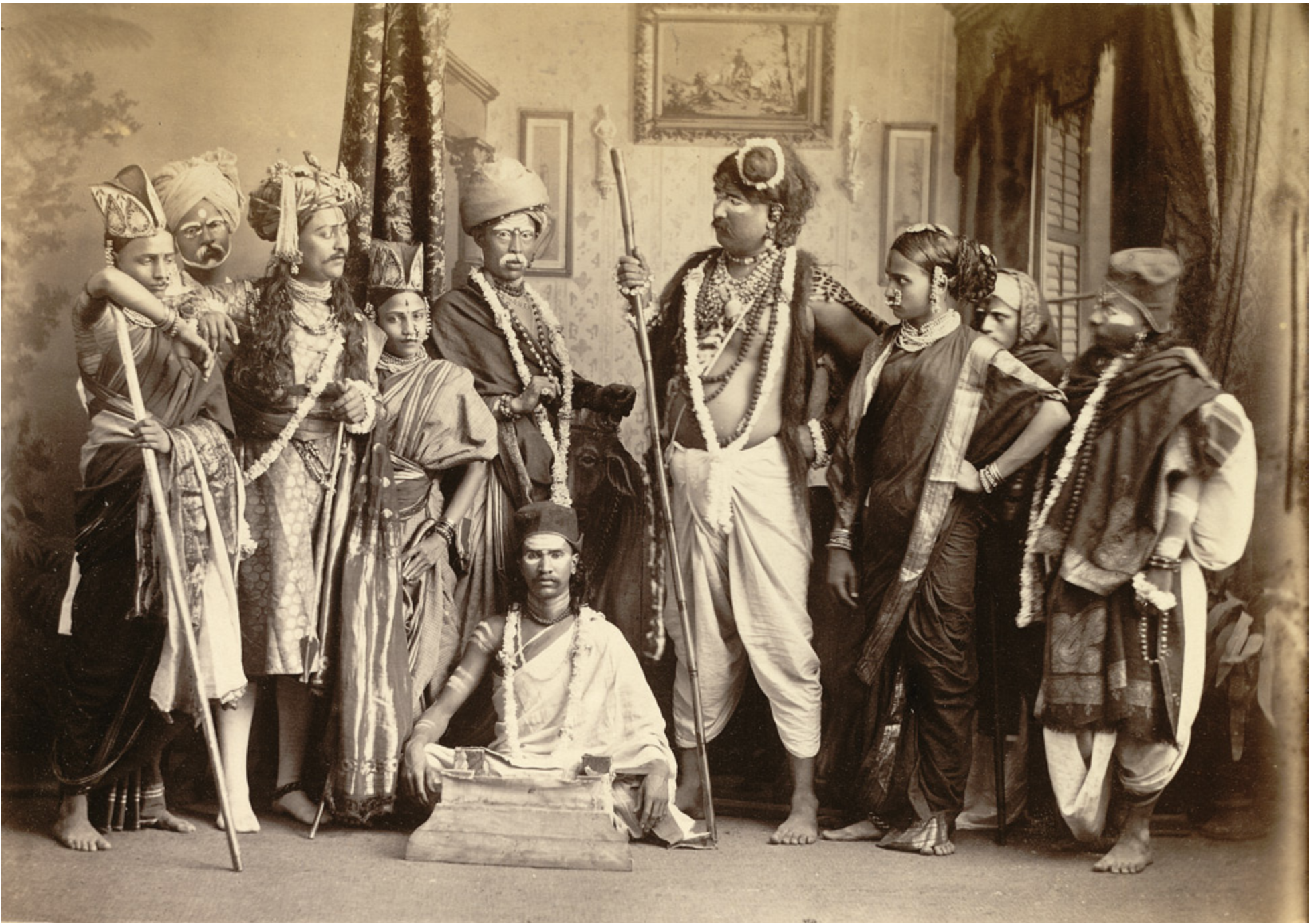
Tamasha is a form of secular theatre in Maharashtra that brings together skit, song, dance, mime, poetry, and farce. Historically, Tamasha is rooted in khel ani gammat (play and humor). Colloquially, the word Tamasha has come to mean “fun,” “nonsense,” “tantrum,” or even “disorder and commotion.” Tamasha artists, like their Bengali jatra and Gujarati bhavai counterparts, toured cities and villages, performed in public squares and open spaces, and drew a mixed audience of high- and low-caste women and men. Etymologically, the word Tamasha has roots in Persian and literally means “a show, spectacle, or a sort of theatrical entertainment.” Tamasha as a form of entertainment that elicits pleasure and masti (a gamut of affects unleashing unruly masculine sexual energy) is evidence of the interconnections between Marathi, Persian, and Arab cultures, languages, and societies since the medieval period.
Tamasha embodied the dangers of the Tamasha woman’s body and audiences’ desires to simultaneously see and experience the prohibited. Through the word Tamasha and its fraught associations, ruling elites expressed their fear of and prejudice toward the genre’s performers, and the ashlil (vulgar) started to stick to rural Dalits more broadly. Tamasha was a paradox—women performed in Tamasha due to the demands of the market and the male viewer, but touchable men who patronized Tamasha neither afforded Tamasha women dignity nor acknowledged their own complicity in creating meaning about Tamasha via their participation in it.
More than mere entertainment, Tamasha was a social, political, and ideological sexual-caste game born precisely from the interplay of relationships of power, and as such it produced and reproduced the social relations of caste— that is, caste sociality, as well as performers’ consent to the exploitative and humiliating relations between mainly low-caste and Dalit female performers and the touchable male audience. Historically, Tamasha women were coerced to provide sexual service to all men, especially touchable, dominant-caste men. This coercion rendered them both objects of predatory desire and objects of vilification as the embodiment of vulgarity. Constituting the work of Tamasha as game and play between Tamasha women, managers, and the audience countered the ennui and arduousness because it became a tool of pleasure and survival, enabling Tamasha women to endure the work.
Tamasha conveniently naturalized and normalized a nexus of play and work. Many Tamasha people agreed that Tamasha was both kala (art) and Lakshmi (goddess of wealth, here referring to a means of livelihood), with some underlining the hard work of training and rehearsing for such play. In Tamasha, however, Tamasha women were expected to play rather than work, and understanding Tamasha as only kala and play rendered the work and the relations of power, caste, and economics in Tamasha invisible. Tamasha women worked on a reiterative body politics of erotic excess, emphasizing bold bodily gestures—for instance, winking the left eye or accentuating the breasts and hips—and openly expressing sensuality and sexual mores, lovemaking, and sexual enjoyment for their predominantly touchable male audience.
Work was productive, and play was its antithesis, unproductive. Labor is the force, action, and process that accomplishes work. Different touchables and Untouchables harnessed Tamasha as work, putting the unproductive to productive use. Tamasha women did much of the important work that was rendered play, presumably because the unruly energy and aimless, simple enjoyments that resulted from play—in the sense of drama or even play between the artist and audience—lacked utility. The play and playfulness of Tamasha has mass appeal, and touchables and Untouchables deployed it for different purposes. By sanitizing Tamasha in the twentieth century, for instance, touchable elites put the rebellious energy of Tamasha to work in carving out an assli (authentic) Marathi identity.
Tamasha not only reflected but also constructed and reproduced social relations of caste, gender, and sexuality. Tamasha and Tamasha women solidified a relationality and a certain normative construction of Marathi masculinity and femininity—that is, a marathamola man and woman. Writers of Lavanya described men as brave, virile fighters, as tall and muscular, with broad shoulders and thick moustaches, and they depicted women as fair, delicate, doe-eyed, and draped in tight cholis (traditional blouses) and nine-yard saris that accentuated their figures. While men were depicted as patronizing patriarchs, Tamasha women were rendered as manipulative and cunning home wreckers. Tamasha women’s supposedly unbridled sexuality was readily associated with the ashlil, which stuck to Dalit women, thus further cementing their Dalitness. Women were socially Untouchable, but sexually touchable.
Tamasha emerged from local Maharashtrian forms of entertainment such as Dashavatar, Gondhal, Lalita, Shahiri (a song genre) comprising Lavani and Pavada (a panegyric recounting the achievements of a warrior). Unlike saints, who were relegated to spiritual affairs, the shahir (singer of Shahiri) engaged with the sensual. Lavani is the song with adakari (gestures) in the broader Tamasha art form. The roots of both words relate to and even originate in rural culture. There are at least five types of Lavanya, including the puranic, devotional, and sringarik (sensual, erotic). Not all Lavanya are erotic songs; yet, a titillating, at times explicit sringar (eros) of lovers has become essential to this form of entertainment, especially to cater to the predominantly touchable male audience. Lavanya were written about sensual and sexual relationships between women and men, and sung by women and men, for the entertainment of men. As a result, Dalit Tamasha and Lavani woman became an image of woman desired by men.
Tamasha and the Performativity of Caste Slavery,
ca. 1200–1818
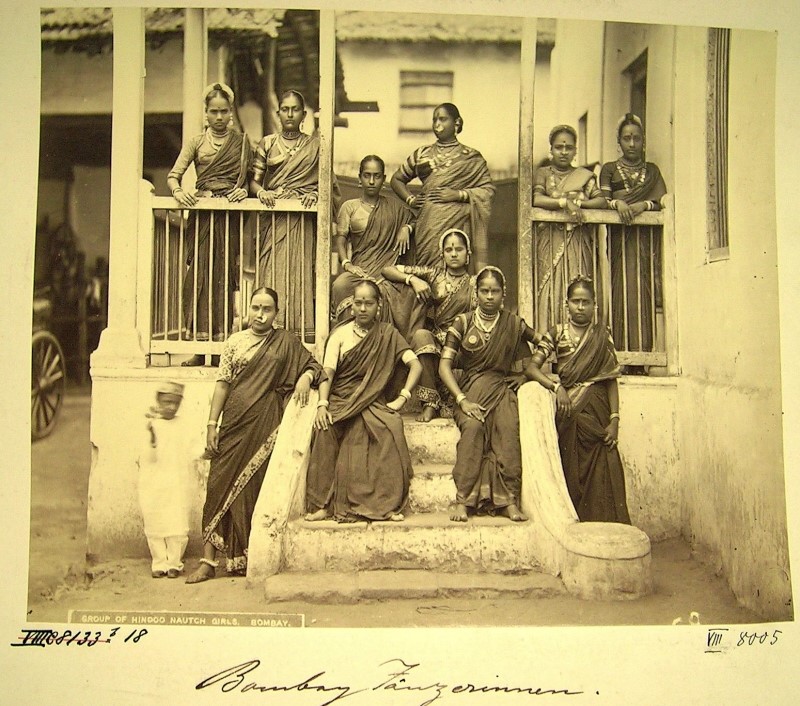
Group of Hindu nautch girls in Bombay. Berlin Ethnological Museum.
Since the thirteenth century, Tamasha was recognized as khel-Tamasha, which used song, dance, and mimicry to entertain people. Balutedars (village artisanal castes and hereditary functionaries) were remunerated in cash and kind for khel-Tamashe, thus strengthening the caste system that sustained agrarian slavery. The stock characters of Tamasha included the sardar (main interlocutor), the songadya (buffoon/comedian), the nachya and nachi (men and women dancers), the dholkya (drum player), and the surte/ jhilkari (chorus singers and musicians playing the tuntune, a one-stringed musical instrument, and tal, cymbals). The main components of Tamasha are gan (Tamasha starts with worship of Ganesh/Ganapati, the Hindu deity of wisdom and the arts and the remover of obstacles), mujra (salutation to audience), gaulan (sensual play between Krishna, his maidens, and maushi, a man cross-dressed as woman, who was often portrayed as a silly old aunt), batavani (comedy, parodic verbal exchange), savaljavab (question-answer competition), and vagnatya (skit). It is possible that the short song at the beginning of Tamasha hailing Ganapati for the success of the long play became a required component during the peshva regime (the Brahman prime ministers who usurped power to emerge as leaders of the Maratha Empire from 1707 to 1818) because the peshve were followers of Ganapati.
As popular arts, Lavani and Tamasha also embraced people of a range of castes and religions and have thus been regarded as one of the more important lokakala (popular arts), cultural touchstones, of the majority of people of Maharashtra. Traditionally, traveling Tamasha artists largely belonged to stray or “nomadic” castes (Kolhati, Asvalvale, Bahurupi, Vasudeo) or to low castes such as Dhobi (washerman), Kumbhar (potter), Sutar (carpenter), Teli (oil presser), and Untouchable (Mahar, Mang, Chambhar), and bara (twelve) balutedars who performed different services for the village community in return for specific payments in kind, sometimes supplemented by cash. Mangs and Mahars are among the many Dalit castes that largely supply South Asia’s labor force. In the twenty-first century, Mahars are about 58 percent of the Dalit (Scheduled Caste) population in Maharashtra, followed by Mangs, who are about 20 percent, and following the logic of caste games, Mahars see themselves as superior to Mangs.
Tamasha was related to Dashavatar and influenced by Bharud, a form created by Mahars. “The first people to [perform Tamasha as a] form of entertainment were Mahars and Mangs, two outcast[e] communities,” notes Balwant Gargi. As mentioned in both the Kavyanushana (twelfth century) and the Dnyaneshvari (thirteenth century), Lavanya were sung by Untouchable women belonging to the Dom and Mang castes.
Historically, Mahars functioned as landless agricultural or field servants, menials, and messengers and attended to the odd and sundry throughout the year, and they continued to be the most rebellious of all Untouchable castes. They were laboring servants, who suffered bondage by birth, and their subordination was principally maintained by their landlessness. Untouchable artisanal castes, such as Mangs, made ropes and brooms, wove baskets, and functioned as executioners. In contrast to Mahars, these artisanal castes (sweepers, leatherworkers, weavers) could be easily dispensed with if the landlord and peasants so desired. As a result, Mangs and Chambhars were tightly tied to their occupations in the villages. The specific duty of Untouchables was to carry society’: Mahars were menial village servants who were to do everything they were ordered to by any authority—the headman, the village corporation, or the colonial government. Many a time, they were obligated to provide free labor and reproduce Untouchable labor for a caste economy. Tamasha was a performative of the hierarchies of labor and social life, reproducing sociopolitical power and stigmatizing Untouchables even further. We need to attend to this context of caste slavery, violence, and sexually exploitative relations to analyze Tamasha women’s lives.
Caste institutionalized social hierarchy and labor inequality not only between touchable dominant (exploiters) and Untouchables (exploited) but also among the exploited groups themselves. The caste system sowed dissension among Dalits, and rivalries and jealousies thrived along with some commonality. As a result, many activists and leaders, including Ambedkar, made efforts to unite Dalits. All Dalits were subject to a double colonization—external British and internal brahman—and hence a united front of Dalits could pose a formidable challenge to both sets of colonizers.
Some brahman men, like Ram Joshi and Patthe Bapurao also performed in Tamasha, which opened up avenues to make kin and construct close affective communities of different castes. Yet, due to the mechanisms of the caste system, each group was bound by occupations of their kinship groups by birth—for example, a potter was held to pottery work and married only other potters. Tamasha possessed the potential to undermine or resist the institution of caste and untouchability and challenge social reproduction. Nevertheless, the caste mechanism naturalized the constitution of particular caste communities. As such, they reduced Untouchables to singing, playing music, and dancing until the current day. Madhu Shinde, a transgender person, or TG as transgender people described themselves, belonging to the troupe Bin Bayakancha Tamasha (Tamasha without women; this troupe showcased straight and gay male dancers), asserted that their group had “70 percent of our [Dalit] people.” Whether Tamasha is performed by men or women, the underlying caste structure remains intact in twenty-first century India. Even though we met for the first time and very briefly, our Dalit backgrounds helped Madhu create a common bond between us belonging to the same Dalit community—they a Chambhar (leatherworker caste) and me a Mahar!
Along with engaging in a certain kind of labor, upholding the institution of caste also meant performing a touchable-dominant or Untouchable-sub-servient role. As part of their baluta (responsibilities as defined by the village servant system), trapped in their caste location Mahars sang and drummed not only to carry out one of their fifty-two duties to spread the message of the state to the larger masses but to entertain. More significant, however, is that their stage performances were also a form of political protest, performative of Dalit resistance, during the twentieth century. The village looked after those balutedars—such as Chambhar and Dhor leatherworkers, smiths, and carpenters—whose productive labors were essential and whose absences would cause difficulty. But those—such as Mahars—whose labor though significant was seen as unproductive, excessive, as play, were ostracized. The Mahars were much more alienated from the village system than other caste functionaries.
Further, intercaste relationships also resulted in individuals and communities modifying and inventing new customs to their own advantage. There is a saying in Marathi that crystallizes the practices of certain castes: “Brahmana ghari lihina, kunbya ghari dana, ann Mahara ghari gana” (The top-most caste, brahmans, are to read and write, Shudra maratha peasants to produce grains, and Ati-Shudra, Untouchable, Mahars to sing and dance). Agrarian caste slavery set the parameters for the roles brahmans, marathas, and Mahars were to perform. Caste is not merely a division of labor, but of laborers, as Ambedkar argued. Caste difference led to discrimination through a crippling distortion of human values and relationships—higher castes subjected Mahars to large amounts of labor, including entertainment, which itself was a form of servitude in the pastoral economy. Mahars were to subserviently perform unproductive and excess labor through, song, music, and dance, while marathas would work the fields, tending to crops. Brahmans, of course, engaged in cultivating his intellect, produced knowledge and literature, and looked down upon manual labor of Shudras and Atishudras. Brahmans enjoyed caste supremacy and they graded knowledge systems, placing intellect higher and practical arts and crafts lower. Bitter contests for political power and social status thrived in the idyllic village, and they continue to embolden ethnic boundaries in the present day.
The caste system reduced Untouchables to singing and dancing, and the ensuing fun and frolic degraded their innate talents and intelligence they might have had. Poverty, economic dependence, and social weakness subjugated Untouchables in both the economic and ritual domains and prevented self-assertion and upward mobility. The ancestors of marathas and brahmans captured for themselves the top and the middle of the caste hierarchy—that is, a human hierarchy—and over centuries reinforced their position, growing accustomed to deference from Mahars. They saw Untouchables not as humans but as means of securing social, political, and economic superiority; Untouchables were only objects over whom touchables could exert total control.
Caste hierarchy functioning through exclusion and imitation is insidious; at all levels of difference, the brahmans look down on marathas, who are lower than them on the caste ladder. Marathas do the same with Untouchables. They are below brahmans but above the Untouchables. While being anxious to pull down brahmans, marathas brooked no challenge from the Untouchables. Instead of allying with them, marathas committed atrocities and policed the Untouchables. Due to graded inequality, as Ambedkar noted, “Each caste takes its pride and its consolation in the fact that in the scale of castes it is above some other caste.” Dominant castes lived in the glory of their innate superiority, entrenching the presumed inherent inferiority of Untouchables, reducing Untouchables to servility and, in the process, solidifying the caste system. Untouchables were rendered and required to be dumb, childlike creatures, not mature men, not women, uncivilized, animalistic, and vulgar.
Dominant castes also demonstrated their caste-pride and domination by enacting their power and privilege within and outside the performing arts, which in turn became performative of caste hierarchy. For centuries, the ruling castes forced Untouchables to perform at command—the degradation of Untouchables was entertainment to the former. Cruel caste slavery orchestrated coerced performances by Mahars for the enjoyment of dominant-caste brahmans and marathas, who had rights to lands and controlled state administration and expanded their exploitation. Agrarian caste slavery systematically alienated Mahars from notions of honor; they were to be entertainers while also toiling away in the fields. Even the Mahar headmen were not spared by the ruling classes; their servitude was maintained and their obedience compelled under the threat of violence. The Mahar headman from the Sasvad village (near Pune), for instance, was forced to play music during festivals. Clearly, the doctrine of perfect submission reconciled the headman to violence and subjection, making him fall in line and stay in his lowly place and setting an example for the rest of the Mahars. If dominant castes could control and terrorize the headman and conjure up the threat of punishment, certainly the rest of the Mahars would easily comply. Dominant castes thus policed the social-sexual reproduction of caste, forcing Mahars to witness beating, torture, and humiliation, reminding them of the total proprietorship over their being. Such demonstrations of power were essential to producing, reproducing, and reinforcing domination.
The constitution of Maharness (and of Untouchableness in general) as an abject and degraded condition was closely connected with performance, and touchables’ enjoyment and entertainment at the expense of Mahar subjection was part of the performativity of caste domination. These supposedly innocent pastoral amusements and festivities conveniently camouflaged the cruel violence of caste and the relationships of mastery and servitude, dominating and dominated, exploiter and exploited. To achieve peace, Untouchables would accommodate such torture and brutalities, allowing some injustices to survive, even as some would later turn their compelled performances and the talent they built from them to their advantage and dominate Tamasha, Jalsa, Lavani, and other art forms in Indian culture.
Caste also institutionalized forced labor, which bound Untouchables as slaves (or semi-slaves) to landlords or peasant cultivators in the form of veth begar or bonded servitude. Under caste slavery, Mahars were not permitted rights to land, yet their duties included a primary role in settling boundary disputes. As Antyaja (the last people or castes), they were “Maha-ari,” or big or great enemies of the (Aryan) invaders and sons of the soil, thus staunchly resisting Aryans and establishing their ancient connection to the land. Tamasha was also a performative of forced labor. In 2016–17, when I met the octogenarian Dalit shahir Bhimsen Gaikwad, he reaffirmed Mahars’ connection to both agricultural labor and creativity in Tamasha: “Our people were farmers who sang, played music, and earned some income based on their art during the summer season [when they were not working the fields]. My uncles, cousins, father played [musical instruments like] halgi, dhol, tutari, and also sang in Tamasha. Some traveled and others did not. At times, they devoted themselves entirely to Tamasha. This is how I was born into the culture of Tamasha and developed my song and music [skills].” Gaikwad underlined his inherited artistry and ancestry in Tamasha to establish his assli status as a performer. Gaikwad also referred to me with the collective “our people,” thus underlining our common bond as Mahars, as belonging to the same community. This was also reinforced when his nephew introduced me to Gaikwad, saying, “This is our madam.” As a Dalit woman, I could establish these bonds and reconnect with my community.
Untouchables developed music and singing while working in fields or attending to other duties. Yet the performance and music were not for the sake of having a good time or “merely entertaining,” as I discussed above. Songs, dances, and jokes normalized caste violence and made it socially endurable and a vehicle of excessive enjoyment of Mahar performances by others. And yet sometimes the material performed possessed glimmerings of Dalit insurgency and rebellion. Historically, Mahars’ crucial role in agricultural production also led to their growing consciousness, unlike Mangs and Chambhars, who complied with the hierarchical order and were used by touchables against Mahars.
Along with social labor, Tamasha engendered the performativity of the coerced sexual labor and objectification of Untouchable women. Historically, Tamasha women were coerced to provide sexual service to all men, especially the dominant and privileged high-caste men. This coercion rendered them both objects of predatory desire and objects of vilification as the embodiment of vulgarity. Although caste created social and sexual boundaries, these were continuously violated by dominant-caste men who routinely asserted their virility by sexually violating and raping Untouchable women, as if it were their birthright. Tamasha normalized and disavowed touchable men’s violence toward and injury of Untouchable women, appropriated their bodies, and made them available for the pleasure and amusement of others. The institution of caste yoked sexuality to the subordination of Tamasha women and elided their sexual violation by constituting the structural presumption that they lacked virtue and thus did not merit status as manus (human) and therefore as a woman.
Dalit Tamasha women’s labor completely encapsulated in the caste system takes us beyond conventional notions of labor. While regular forms of labor permitted the possibility of protest and resistance, Tamasha women’s labor, like that of scavengers, was implicated in the very regimes of power that generated it—their ownership of their labor, their “consent” to it, was itself a state of subjugation of the most extreme order. This was the cruel paradox—their labor reproduced their lowness and birth-based bondage.
In general, there is a strong connection between Tamasha, Lavani, Pavada, and military culture. Khel-Tamashe were used in the seventeenth and eighteenth century to amuse the Mughal army. From the middle of the eighteenth century, they were patronized by the peshva as a stylized form of court entertainment. The peshva referred to them as Lavanya Tamashe. During this time, shahirs focused on sringar (sensuality, eros), and their Lavanya described the lives of the queen, the nobility, and the courtiers, as well as the spiritual and divine.
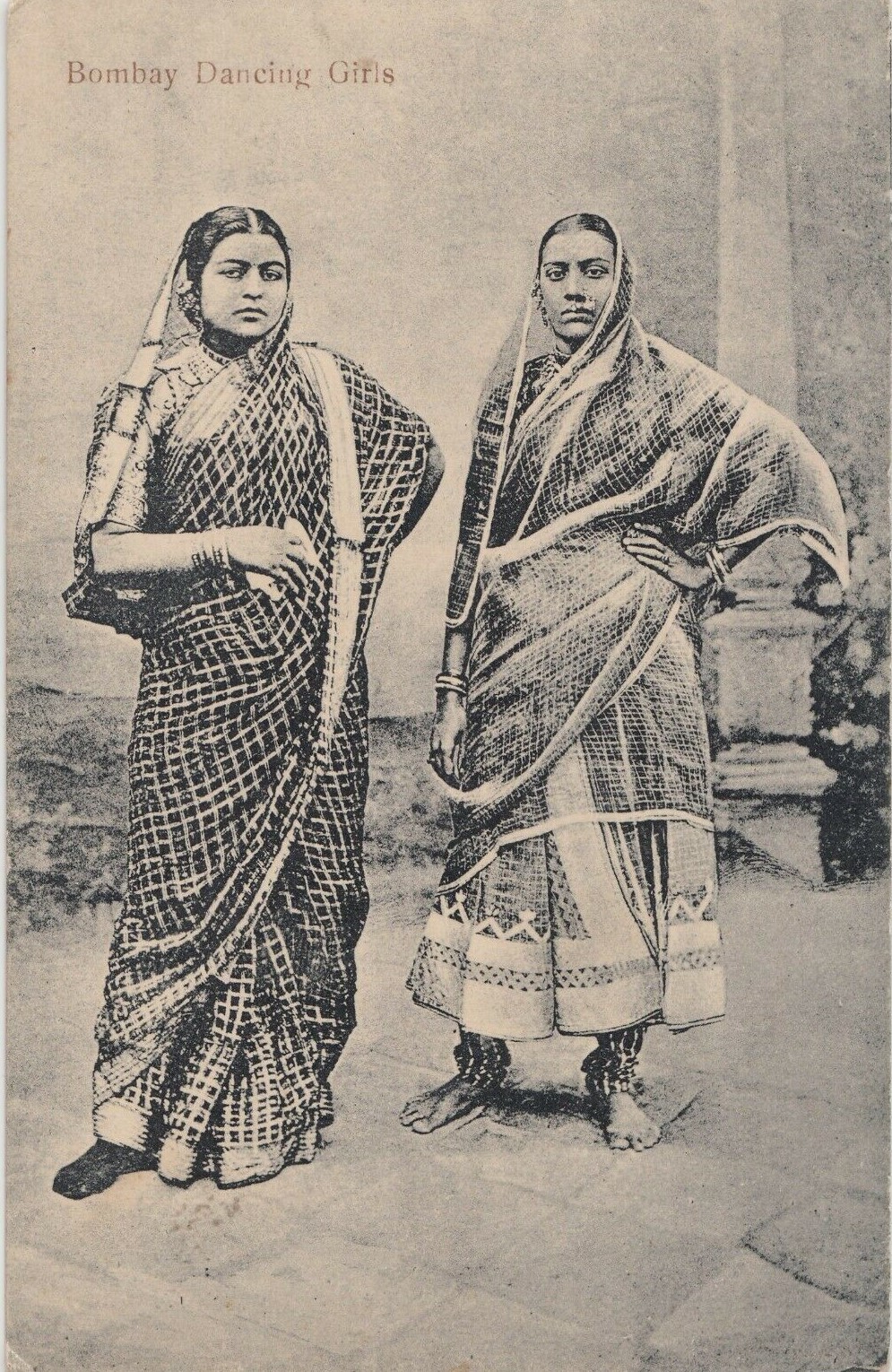
Bombay Dancing Girls
The peshva amply rewarded high-caste male Lavanikars (Lavani composers). There is only one reference to a woman Lavanikar, and women’s performance of the sringarik Lavani was predominant between 1796 and 1818, the late peshva period. Although the peshva patronized brahman Lavanikars like Ram Joshi and Anant Phandi, as well as Honaji Bala, who belonged to the Gavali (cowherder) caste, and Prabhakar, who belonged to the Shimpi (tailor) caste and may have also resided at the peshva residence of Shanivarvada-Pune, they did not patronize Untouchables—with one exception: Dhondya Mahar, who was the teacher of Ram Joshi. Yet, when scholars sing the praises of the brahman Ram Joshi and Patthe Bapurao, their caste status blinds them so deeply that they forget Dhondya Mahar and his exceptional contributions in shaping Ram Joshi’s skills at Lavanya.
The peshva and touchables enjoyed Mahar-Mang Tamashe Lavanya, and at the same time exploited them and further entrenched caste distinctions and caste-based feudal patriarchy. The eleven-year old Mang student Muktabai Salve from Pune noted the atrocities of the peshva: “The peshva drove us Mang Mahar away from our lands to build their own mansions. They buried them in the foundations of their mansions. Under Bajirao’s rule, if any Mang Mahar happened to [transgress caste-based spatial boundaries and] pass in front of the gymnasium, they cut off his head and used it to play ‘bat ball,’ with their swords as bats and his head as a ball, on the grounds.” The peshva bolstered caste slavery in Pune by reinforcing the brahmani ideology of purity- pollution and inflicted severe punishment and death on transgressors, includ ing touchables.
The intense degradation, humiliation, and vitiation of Untouchables took extreme forms: Untouchables were forced to tie brooms (resembling a tail as if they were two-legged animals) to their waists so that the broom would sweep away the dust they trod on lest a Hindu be polluted by walking on the same dust. They were forced to carry an earthen pot around their neck wherever they went “lest their spit should fall on the earth and pollute a Hindu who might unknowingly tread on it.” They were forbidden to enter the town premises in late afternoons as their long shadows might pollute the ground and thereby others who trod on it. They were made to carry sticks with bells to announce their presence so that others could take care and not be polluted. And each Untouchable was “to have a black thread either on his wrist or around his neck, as a sign or a mark to prevent the Hindus from getting themselves polluted by his touch by mistake.” In this manner, the peshve consigned entire groups of Untouchables to animal status and reduced them to “walking carrion.” As a result, the Untouchable body and being became deeply repulsive and socially dangerous. Brahman hegemony dehumanized Untouchables and robbed them of their sociality, self-respect, and manuski (humanity, and human dignity).
During the late peshva period, the peshve enslaved many errant Shudra-Ati-Shudra (non-brahman-Untouchable) caste women, and they were called bateek (whores). These women may have performed in Lavanya Tamashe patronized by peshva. The last peshva, Baji Rao II, also procured many bateeks to work for high-caste savarnas in dance halls, homes, stables, granaries, cattle houses, and construction projects. Though little work has been done on shahirs’ patronage records, it seems that many women from the Shudra-Ati-Shudra castes were bought for domestic or sexual labor by the Maratha state and then presented to shahirs as slaves in lieu of payment. In characterizing lower-caste women as bateeks, the state objectified and commodified their bodies—an important site for articulating the state’s power. Hiroshi Fukazawa notes that the caste of slaves played an important role in the kind of services forced upon them, and in this way the peshva maintained the hierarchies of caste slavery. Social distinctions were also mirrored in the songs of Lavanikars, who created dichotomies of the “saubhagyavati (wife) and the bateek (whore).” While the wife expressed her pain of separation from her lover and took pride in his virility and excessive desire, the low-caste bateek pleaded with men to exercise their right over her, to give her pleasure, and invited rape.
After the British defeated the peshva regime at the Battle of Koregaon on January 1, 1818, to end the Third Anglo-Marathi War, they built a memorial to commemorate their victory, The memorial listed twenty Mahars who fought with bravery and strength, virtues that were denied to them by the horrors of the caste system. Following Ambedkar’s call for celebrating Mahar heroes who routed the tyrannical brahman rule, the Koregaon monument has become a pilgrimage site for Mahars even in the present day. The false dichotomy between colonialism and nationalism constructed by elite reformers of modern India as well as scholars easily elided the internal colonialism of brahmans and touchables over the Untouchables.
After the fall of the peshva in 1818, it was mainly traders, landlords, local princes, and, most significantly, ordinary people who patronized and maintained Tamasha performers and put on their shows. As a result, practitioners of Tamashe and Lavanya flourished in private baithaks (seated performances) and salons, as well as public maidan (open spaces). Into the nineteenth century, although Tamasha and Lavani were considered lower forms of art for the exchange of sex and wealth, they were not stigmatized as ashlil, even if nachya-pore (boy dancers) cross-dressed, danced, and performed as women. This stigma emerged and stuck to Dalits in the late nineteenth and twentieth centuries.
– Shailaja Paik
This excerpt is presented here with generous permissions granted by Stanford University Press and Dr. Paik.
You can buy “Vulgarity of Caste: Dalits, Sexuality and Caste in Modern India.” in India here and internationally by clicking on the book cover above. We are happy to announce that the book has won the American Historical Association’s John F. Richards Prize for best work in South Asian History for the year 2023.
Dr. Shailaja Paik is the Charles P. Taft Distinguished Professor of History and Affiliate in Women’s, Gender, and Sexuality Studies and Asian Studies at the University of Cincinnati. Her research interests lie at the intersection of various fields such as Modern South Asia; Dalit studies; women’s, gender, and sexuality studies; social and political movements; oral history; human rights, and humanitarianism. Her research interest and scholarship particularly focus on subaltern histories and gendering caste.
She is the author of two books, namely Dalit Women’s Education in Modern India: Double Discrimination (Routledge, 2014 ) and The Vulgarity of Caste: Dalits, Sexuality, and Humanity in Modern India (Stanford University Press, 2022). She is currently working on her third monograph titled Becoming “Vulgar”: Caste Domination and Normative Sexuality in Modern India.
Her research articles on far-ranging themes such as Dalit and African American women, Dalit women’s education, new Dalit womanhood, and normative sexuality in colonial India have been published in esteemed journals across the world.
Read more about her here
| 2500 BC - Present | |

|
2500 BC - Present |
| Tribal History: Looking for the Origins of the Kodavas | |
| 2200 BC to 600 AD | |

|
2200 BC to 600 AD |
| War, Political Violence and Rebellion in Ancient India | |
| 400 BC to 1001 AD | |
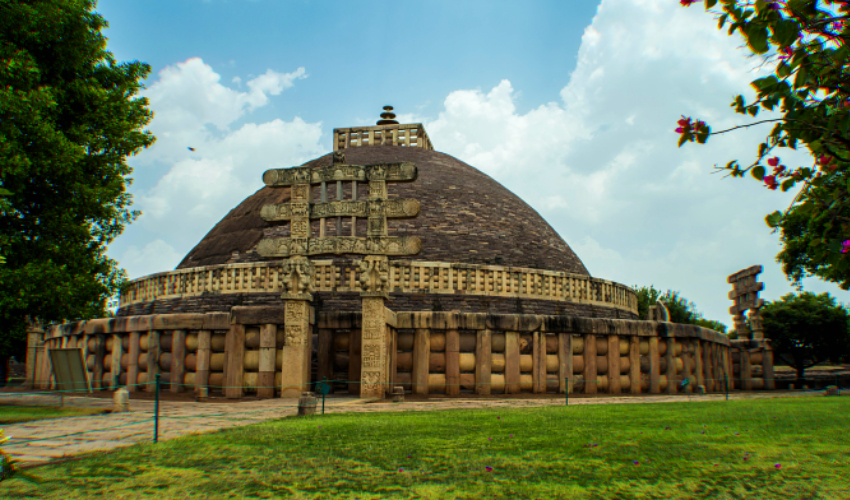
|
400 BC to 1001 AD |
| The Dissent of the ‘Nastika’ in Early India | |
| 600CE-1200CE | |
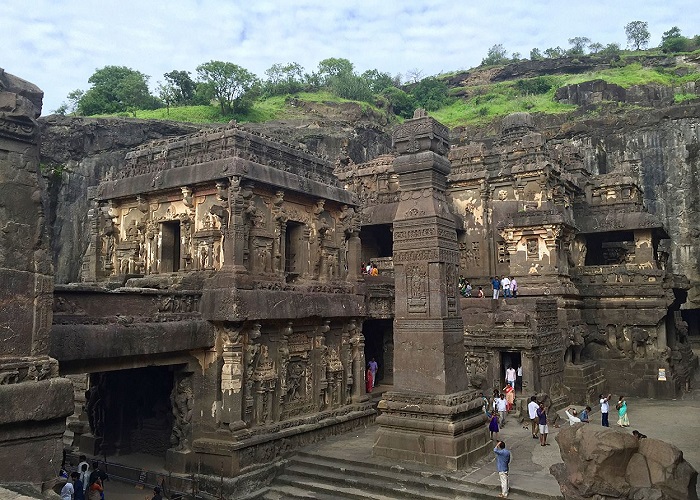
|
600CE-1200CE |
| The Other Side of the Vindhyas: An Alternative History of Power | |
| c. 700 - 1400 AD | |
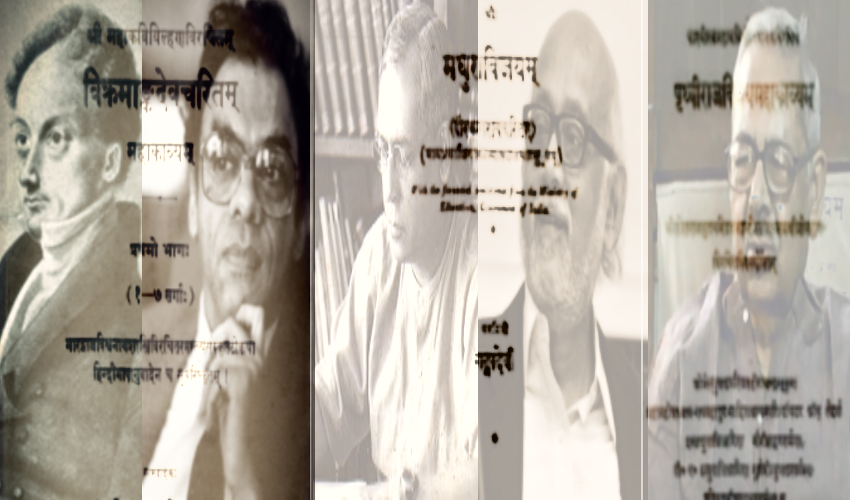
|
c. 700 - 1400 AD |
| A Historian Recommends: Representing the ‘Other’ in Indian History | |
| c. 800 - 900 CE | |
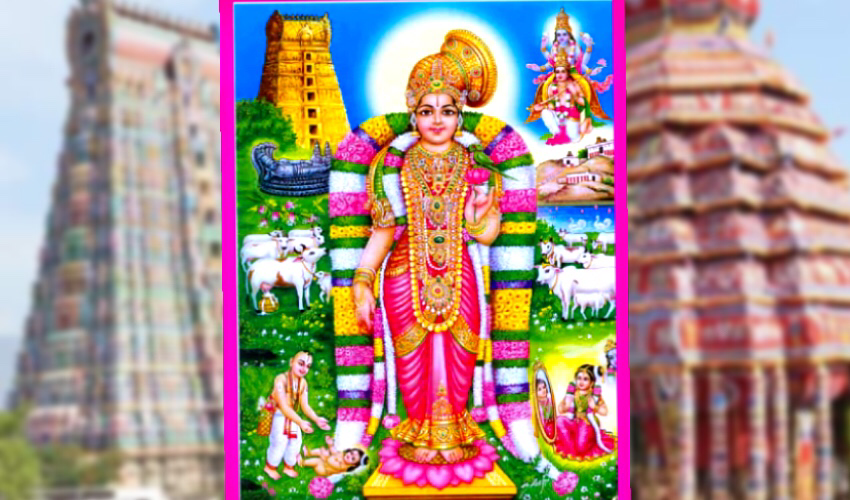
|
c. 800 - 900 CE |
| ‘Drape me in his scent’: Female Sexuality and Devotion in Andal, the Goddess | |
| 1192 | |
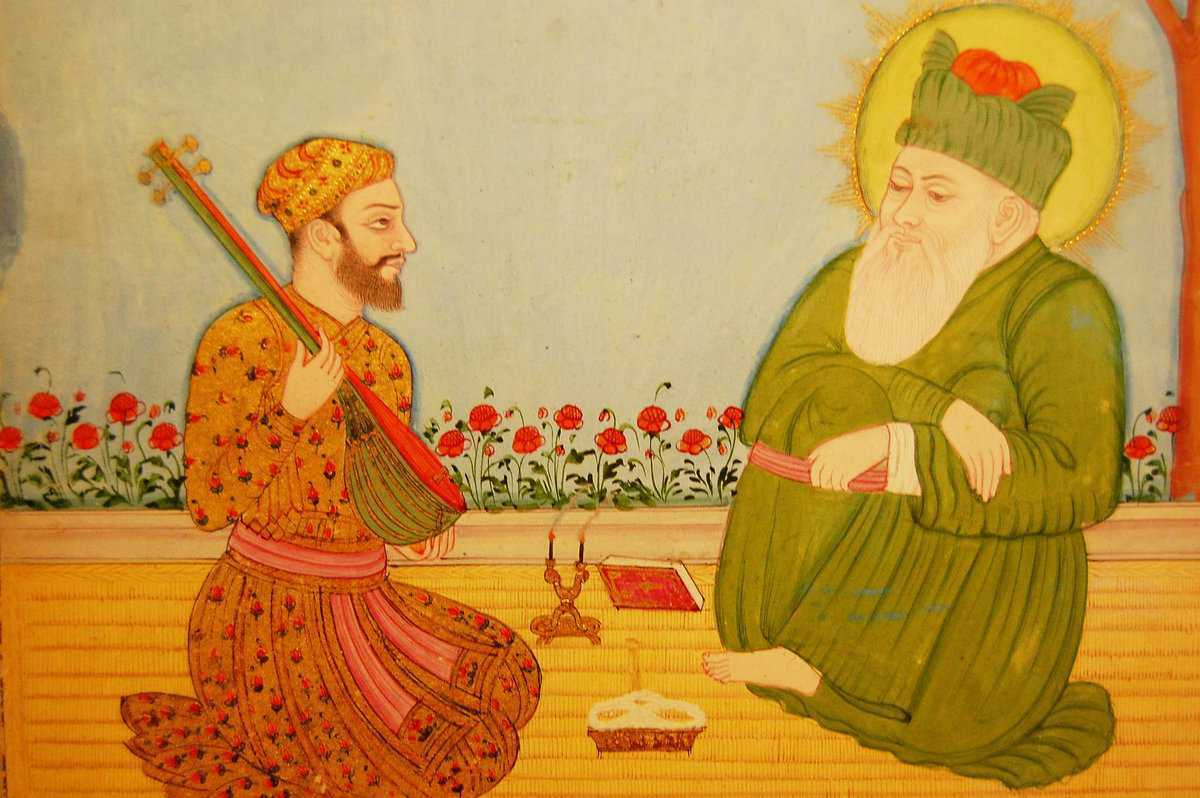
|
1192 |
| Sufi Silsilahs: The Mystic Orders in India | |
| 1200 - 1850 | |

|
1200 - 1850 |
| Temples, deities, and the law. | |
| c. 1500 - 1600 AD | |
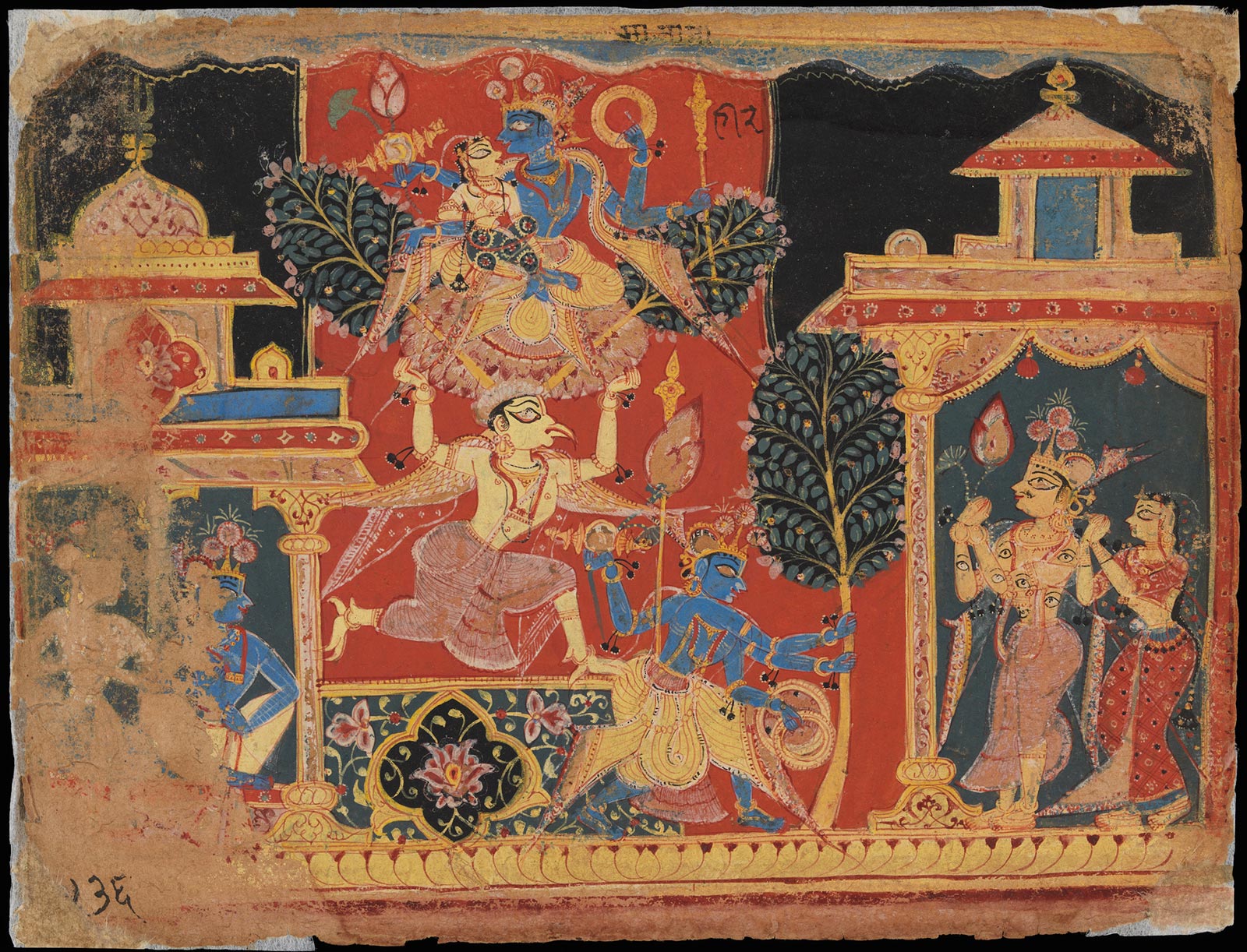
|
c. 1500 - 1600 AD |
| A Historian Recommends: Religion in Mughal India | |
| 1200-2020 | |
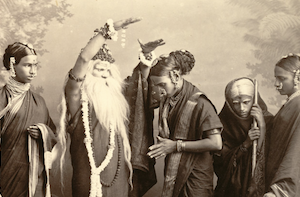
|
1200-2020 |
| Policing Untouchables and Producing Tamasha in Maharashtra | |
| 1530-1858 | |

|
1530-1858 |
| Rajputs, Mughals and the Handguns of Hindustan | |
| 1575 | |
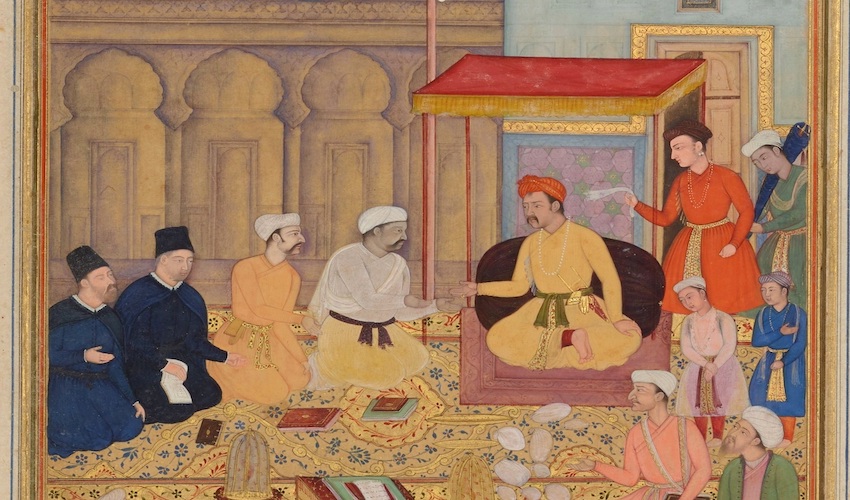
|
1575 |
| Abdul Qadir Badauni & Abul Fazl: Two Mughal Intellectuals in King Akbar‘s Court | |
| 1579 | |
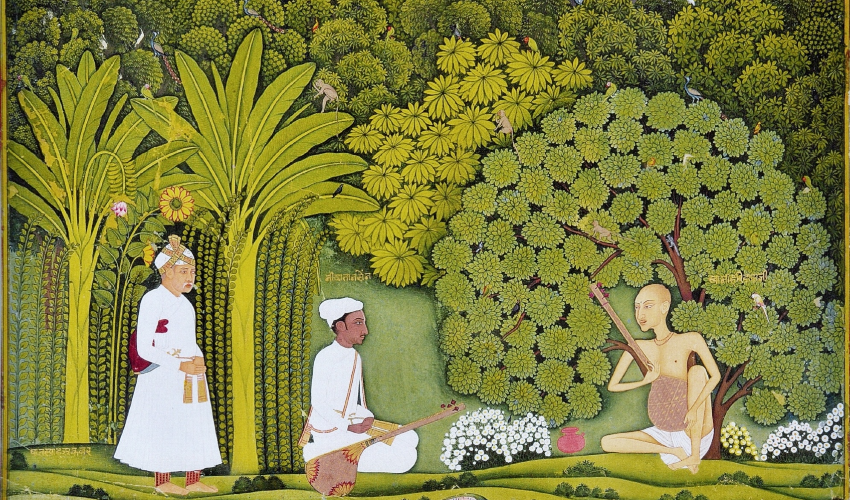
|
1579 |
| Padshah-i Islam | |
| 1550-1800 | |
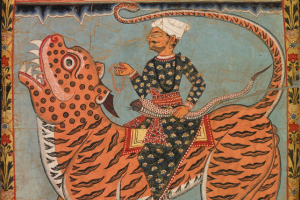
|
1550-1800 |
| Who are the Bengal Muslims? : Conversion and Islamisation in Bengal | |
| c. 1600 CE-1900 CE | |

|
c. 1600 CE-1900 CE |
| The Birth of a Community: UP’s Ghazi Miyan and Narratives of ‘Conquest’ | |
| 1553 - 1900 | |
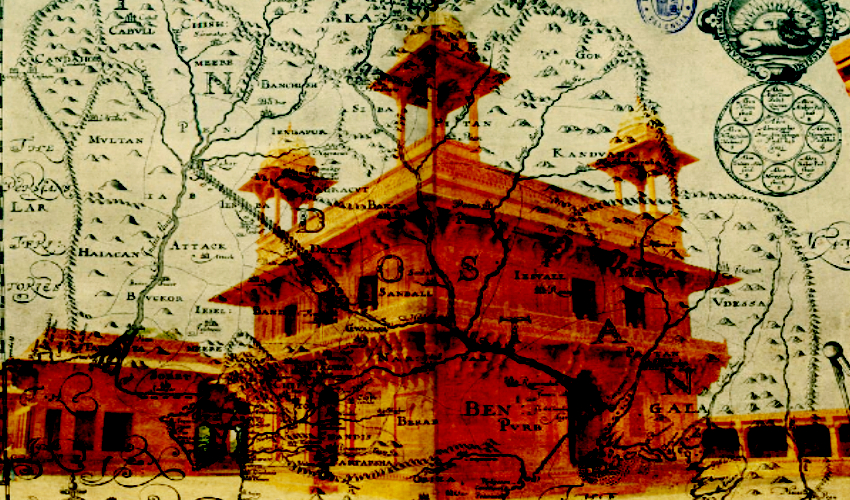
|
1553 - 1900 |
| What Happened to ‘Hindustan’? | |
| 1630-1680 | |
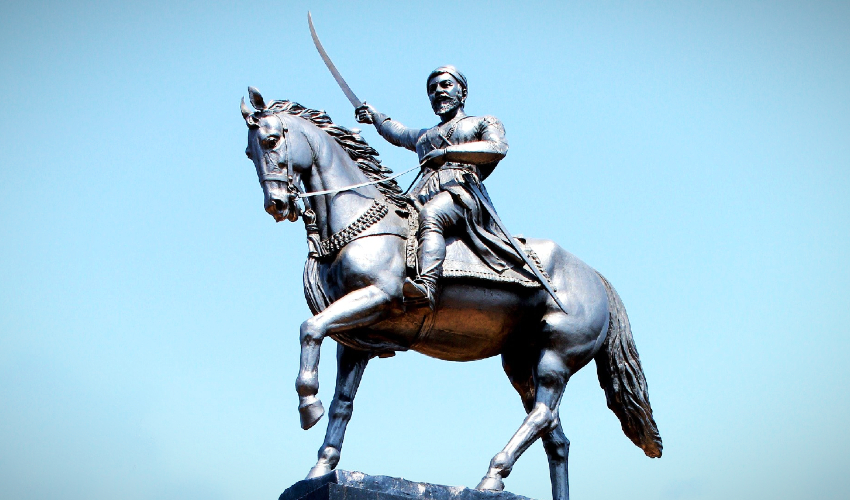
|
1630-1680 |
| Shivaji: Hindutva Icon or Secular Nationalist? | |
| 1630 -1680 | |
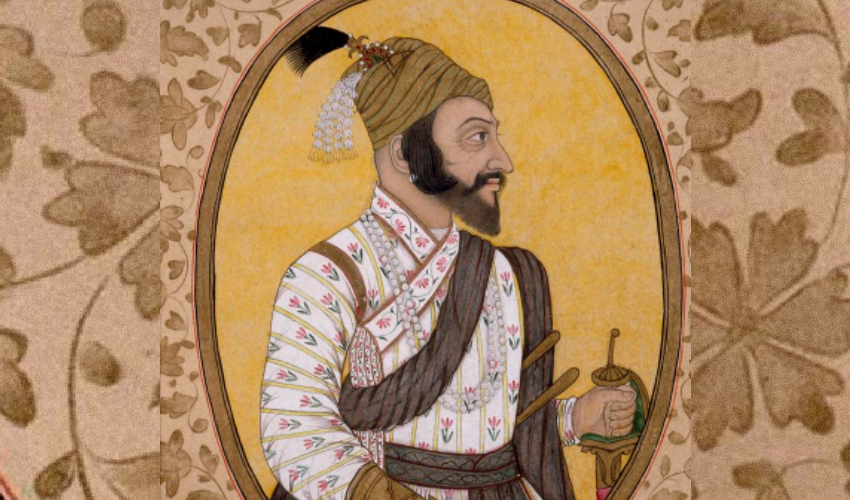
|
1630 -1680 |
| Shivaji: His Legacy & His Times | |
| c. 1724 – 1857 A.D. | |

|
c. 1724 – 1857 A.D. |
| Bahu Begum and the Gendered Struggle for Power | |
| 1818 - Present | |
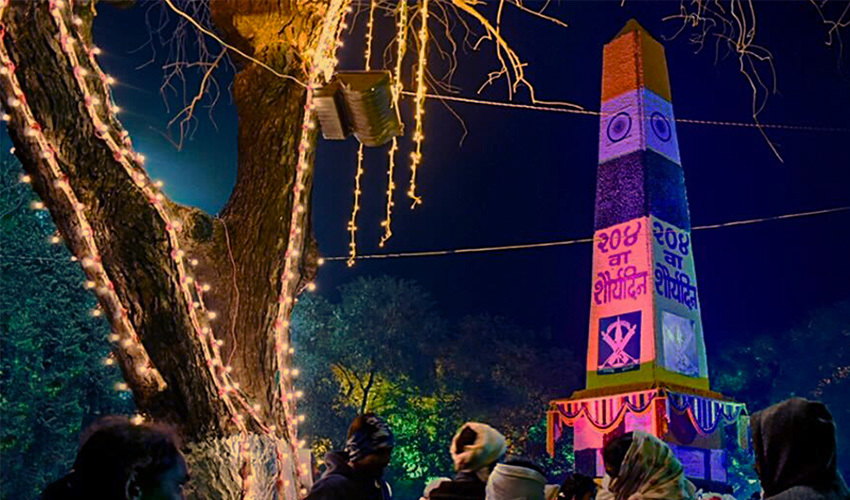
|
1818 - Present |
| The Contesting Memories of Bhima-Koregaon | |
| 1831 | |
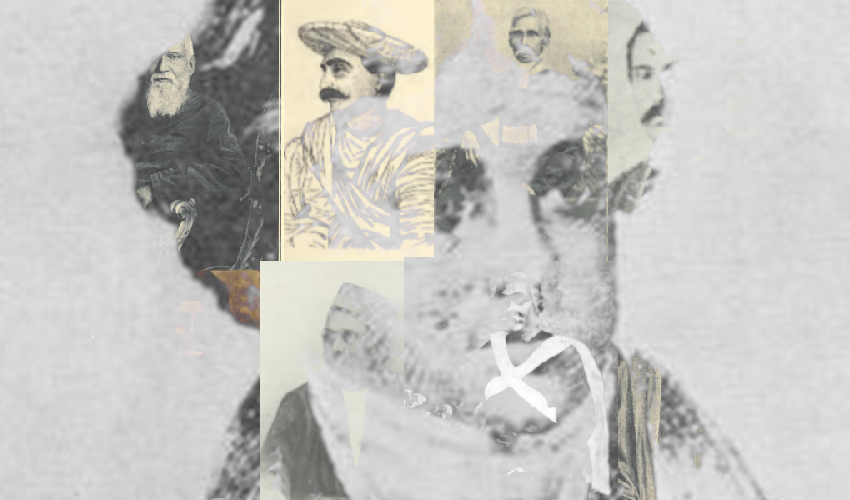
|
1831 |
| The Derozians’ India | |
| 1855 | |
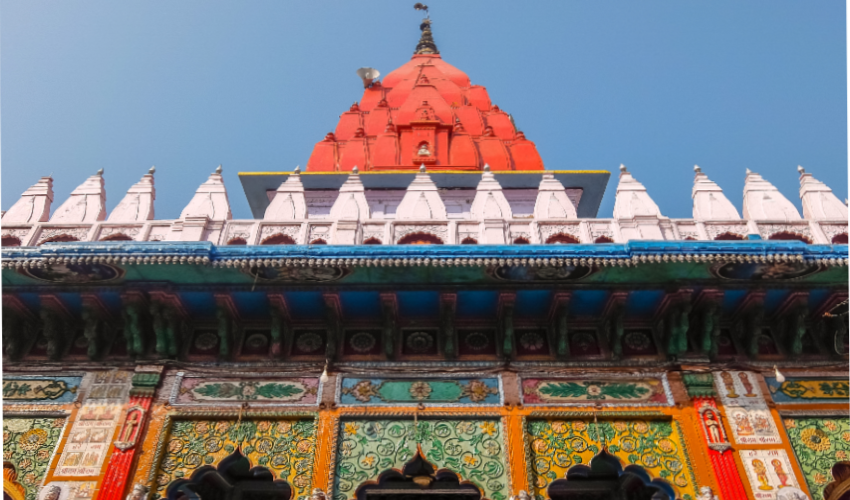
|
1855 |
| Ayodhya 1855 | |
| 1856 | |
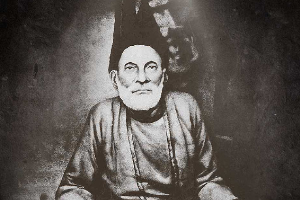
|
1856 |
| “Worshipping the dead is not an auspicious thing” — Ghalib | |
| 1857 | |
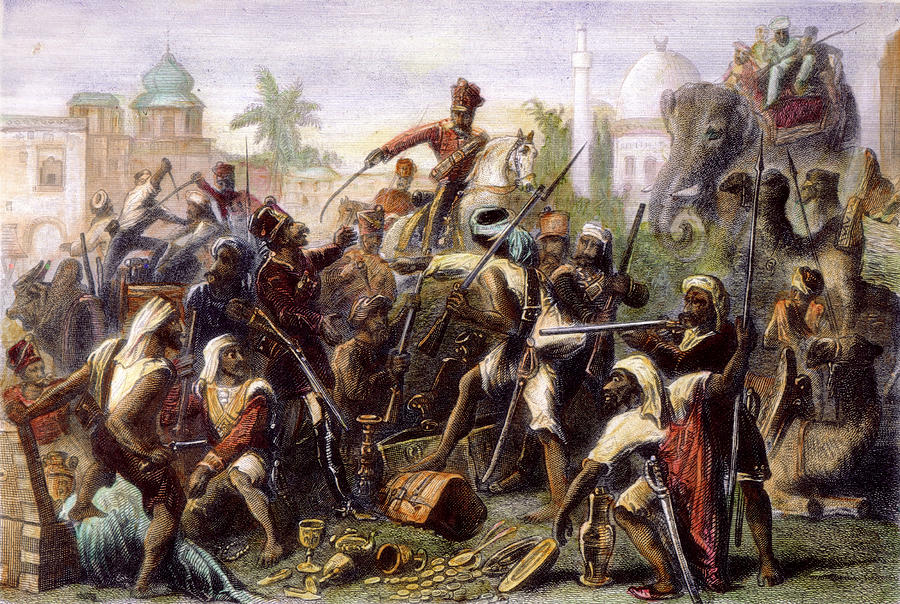
|
1857 |
| A Subaltern speaks: Dalit women’s counter-history of 1857 | |
| 1858 - 1976 | |
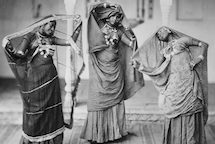
|
1858 - 1976 |
| Lifestyle as Resistance: The Curious Case of the Courtesans of Lucknow | |
| 1883 - 1894 | |
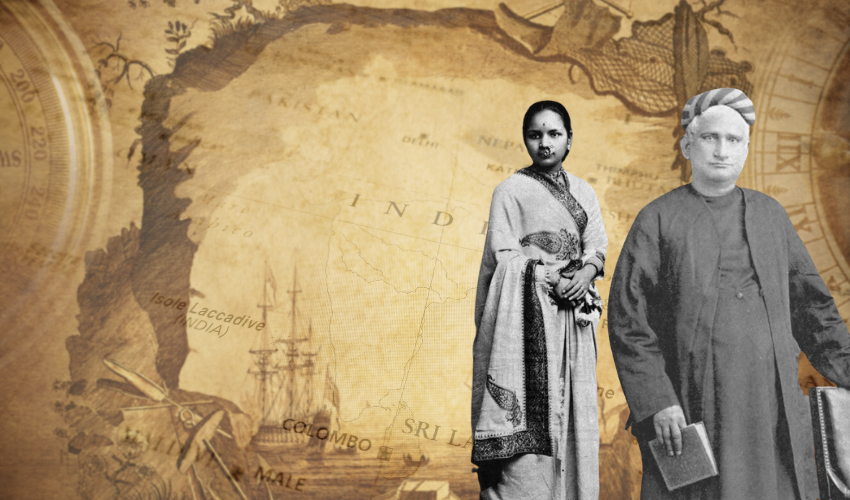
|
1883 - 1894 |
| The Sea Voyage Question: A Nineteenth century Debate | |
| 1887 | |
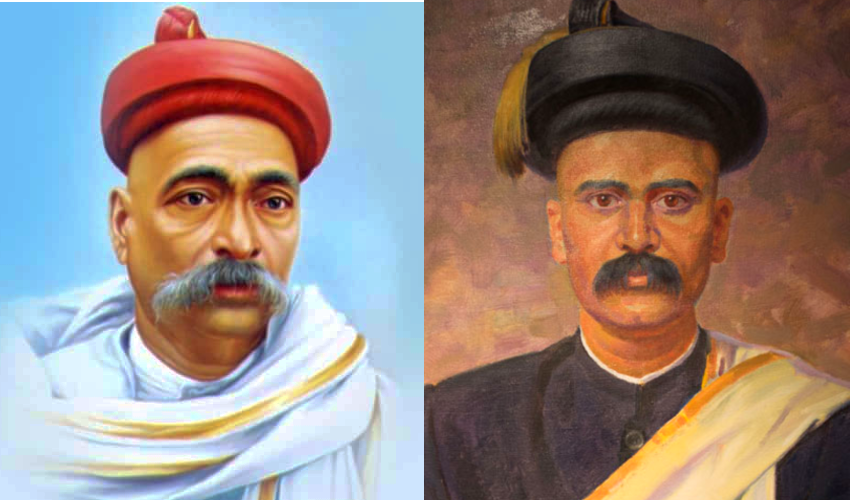
|
1887 |
| The Great Debaters: Tilak Vs. Agarkar | |
| 1893-1946 | |
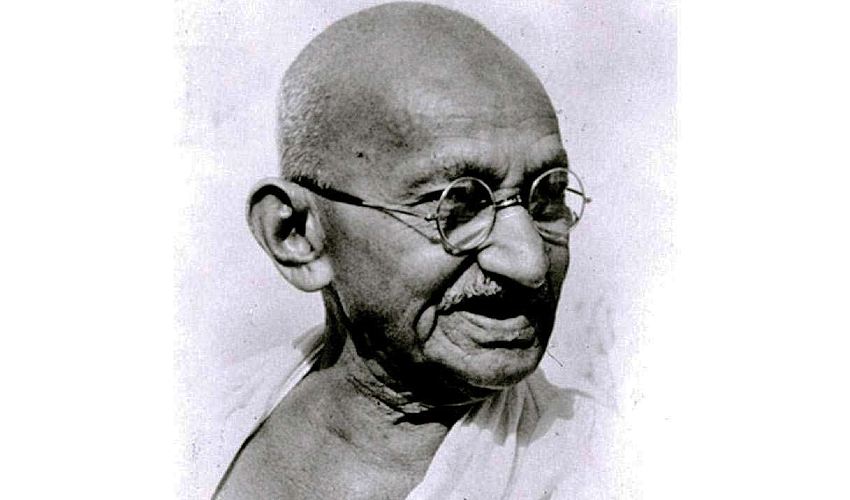
|
1893-1946 |
| A Historian Recommends: Gandhi Vs. Caste | |
| 1897 | |
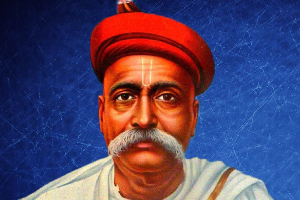
|
1897 |
| Queen Empress vs. Bal Gangadhar Tilak: An Autopsy | |
| 1913 - 1916 Modern Review | |
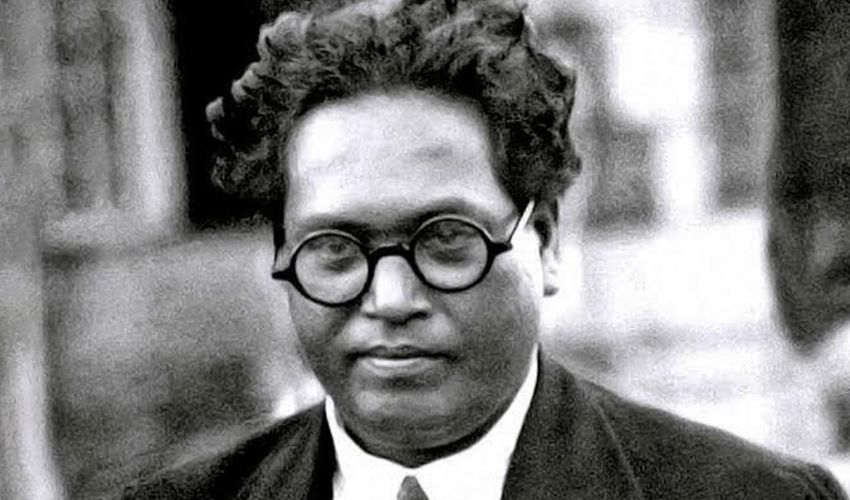
|
1913 - 1916 |
| A Young Ambedkar in New York | |
| 1916 | |
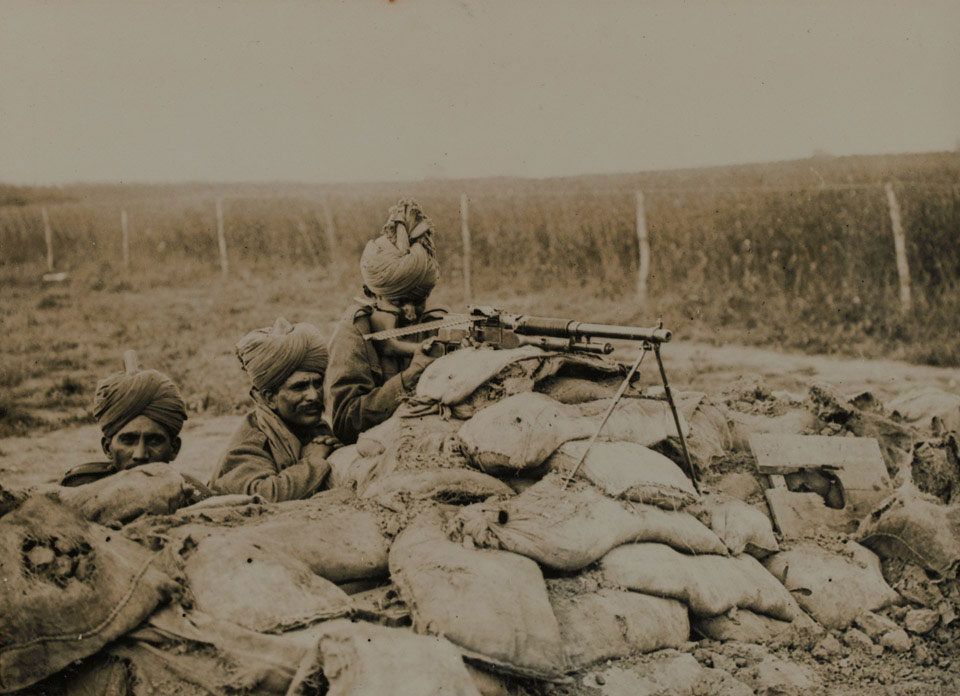
|
1916 |
| A Rare Account of World War I by an Indian Soldier | |
| 1917 | |
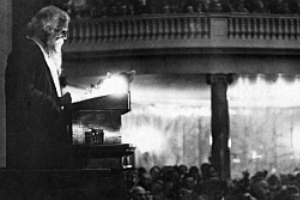
|
1917 |
| On Nationalism, by Tagore | |
| 1918 - 1919 | |

|
1918 - 1919 |
| What Happened to the Virus That Caused the World’s Deadliest Pandemic? | |
| 1920 - 1947 | |

|
1920 - 1947 |
| How One Should Celebrate Diwali, According to Gandhi | |
| 1921 | |
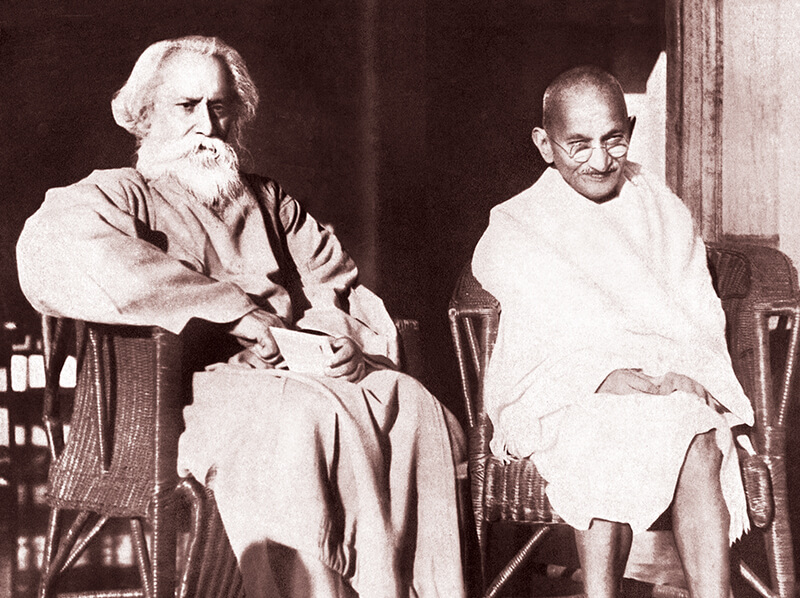
|
1921 |
| Great Debates: Tagore Vs. Gandhi (1921) | |
| 1921 - 2015 | |
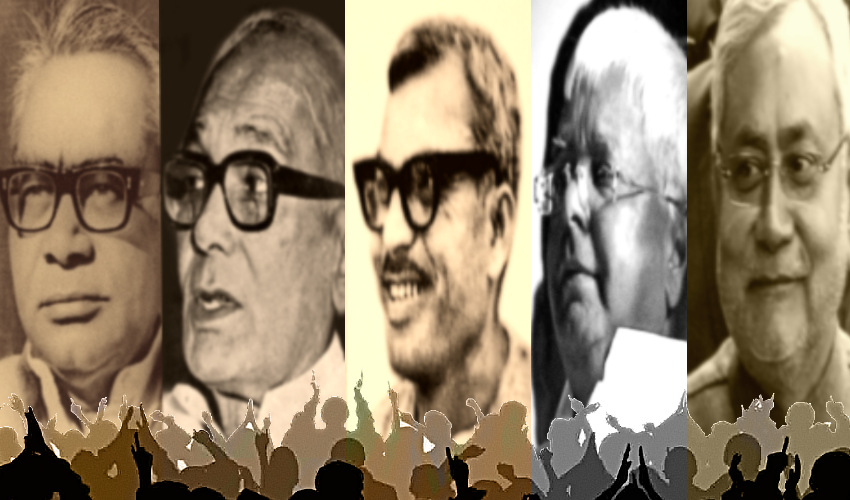
|
1921 - 2015 |
| A History of Caste Politics and Elections in Bihar | |
| 1915-1921 | |
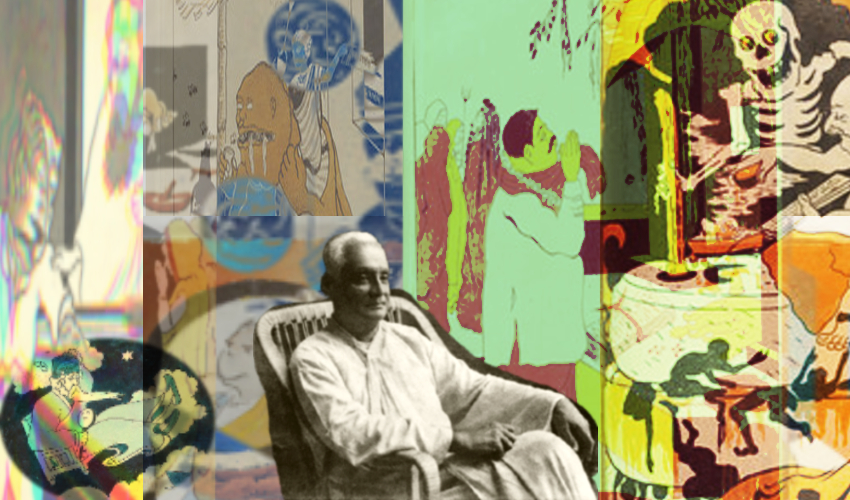
|
1915-1921 |
| The Satirical Genius of Gaganendranath Tagore | |
| 1924-1937 | |

|
1924-1937 |
| What were Gandhi’s Views on Religious Conversion? | |
| 1900-1950 | |
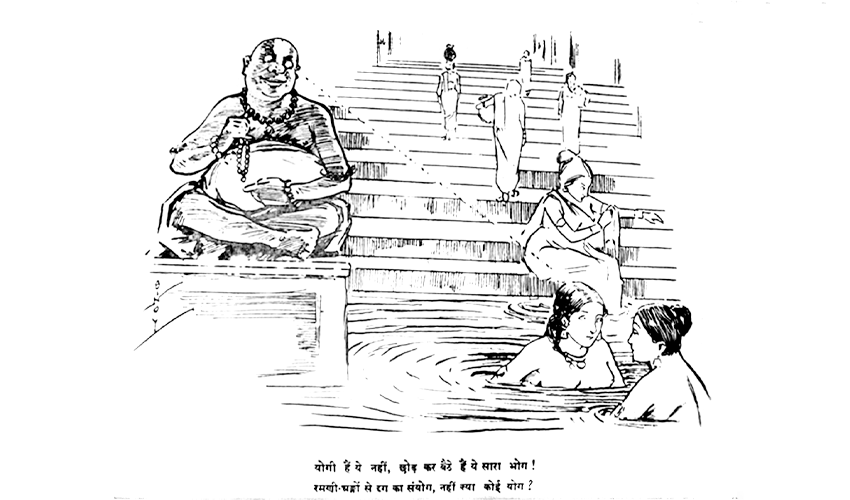
|
1900-1950 |
| Gazing at the Woman’s Body: Historicising Lust and Lechery in a Patriarchal Society | |
| 1925, 1926 | |
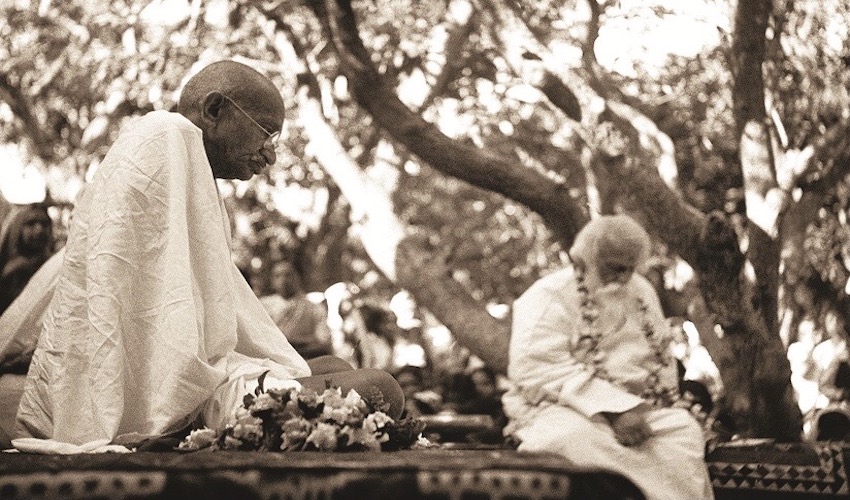
|
1925, 1926 |
| Great Debates: Tagore vs Gandhi (1925-1926) | |
| 1928 | |
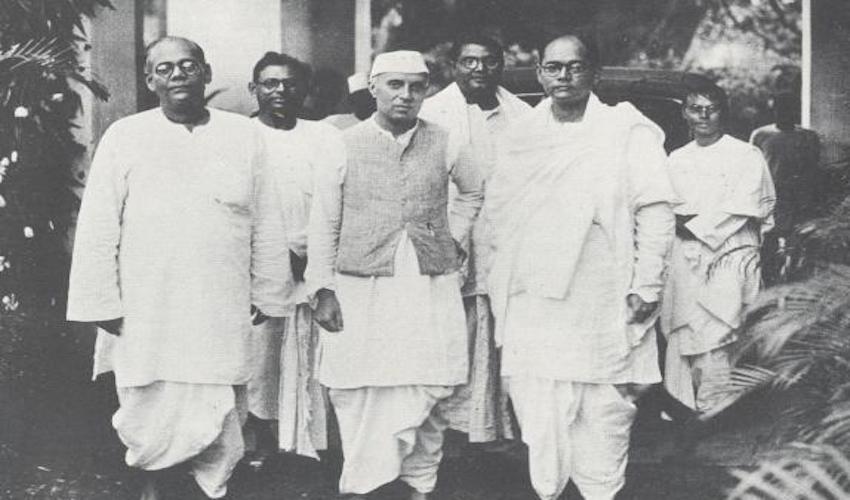
|
1928 |
| Bhagat Singh’s dilemma: Nehru or Bose? | |
| 1930 Modern Review | |
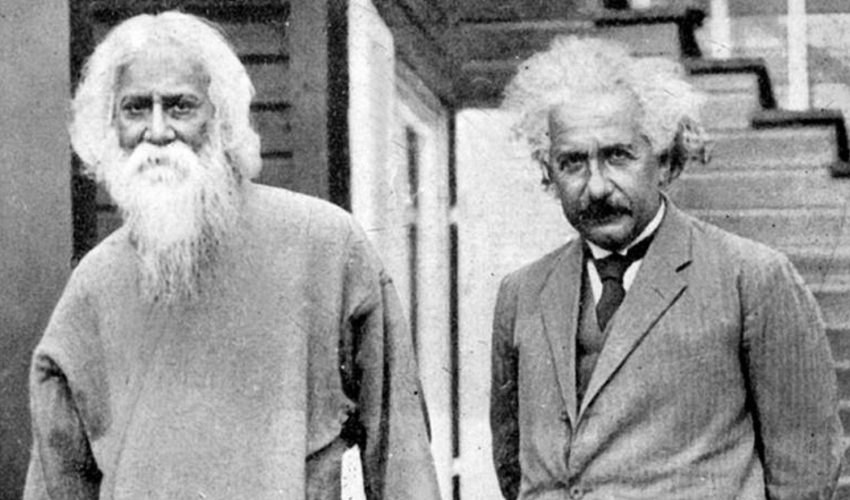
|
1930 |
| The Modern Review Special: On the Nature of Reality | |
| 1932 | |
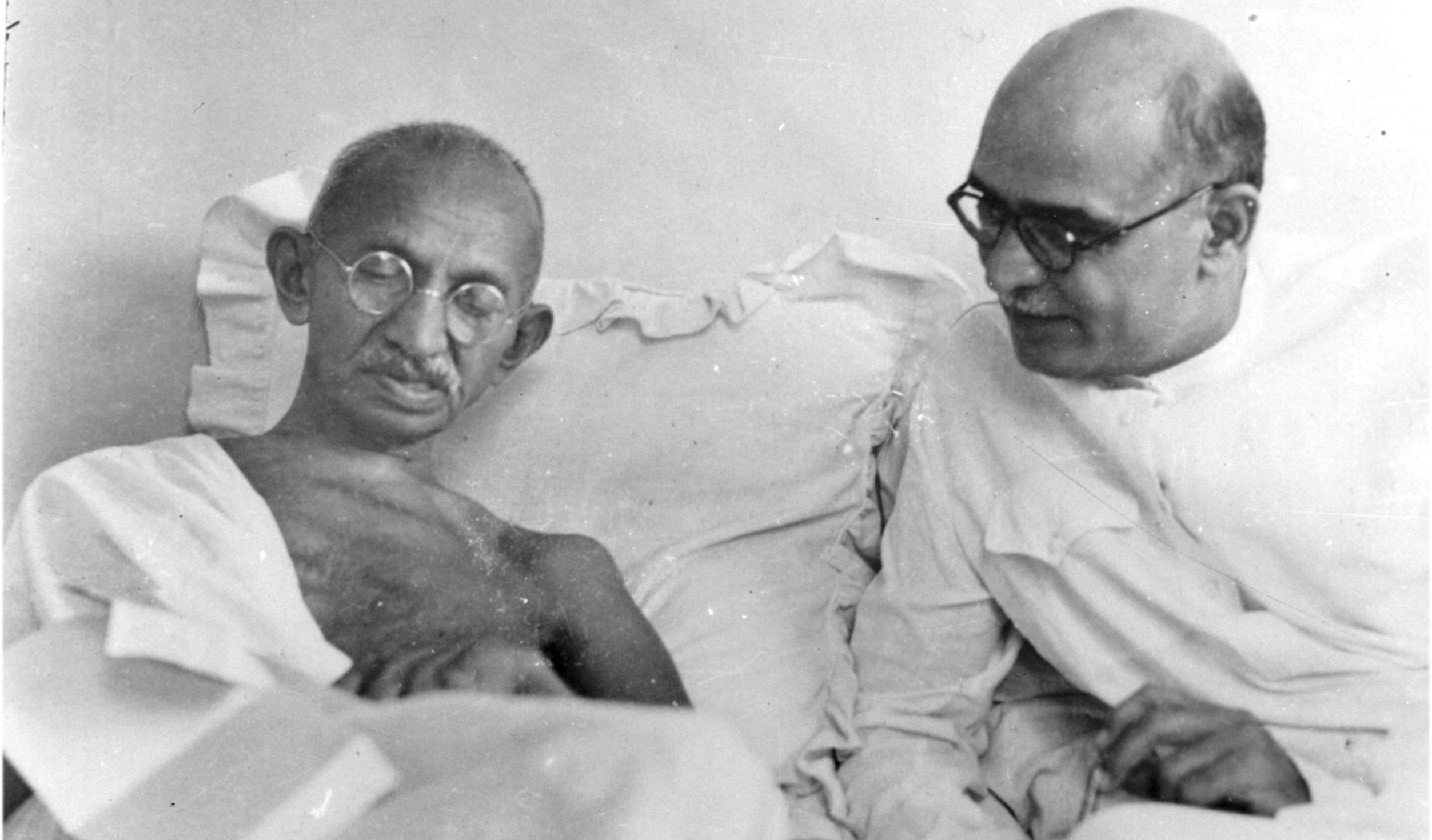
|
1932 |
| Caste, Gandhi and the Man Beside Gandhi | |
| 1933 - 1991 | |

|
1933 - 1991 |
| Raghubir Sinh: The Prince Who Would Be Historian | |
| 1935 | |
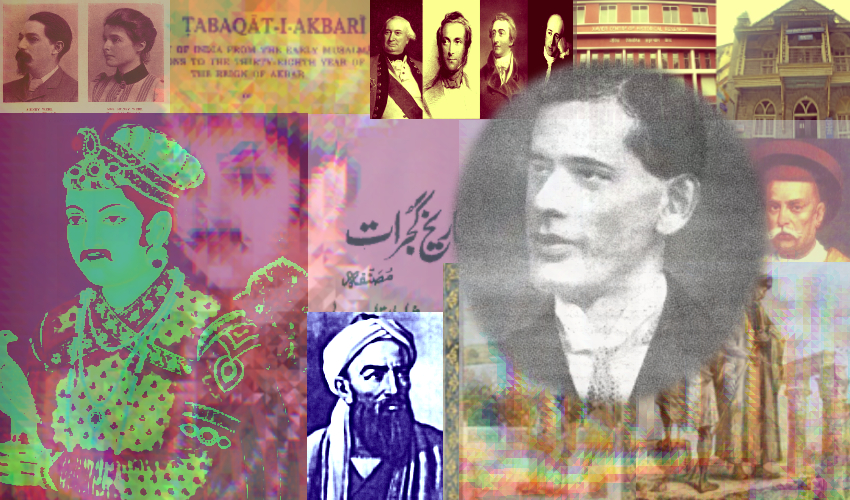
|
1935 |
| A Historian Recommends: SA Khan’s Timeless Presidential Address | |
| 1865-1928 | |
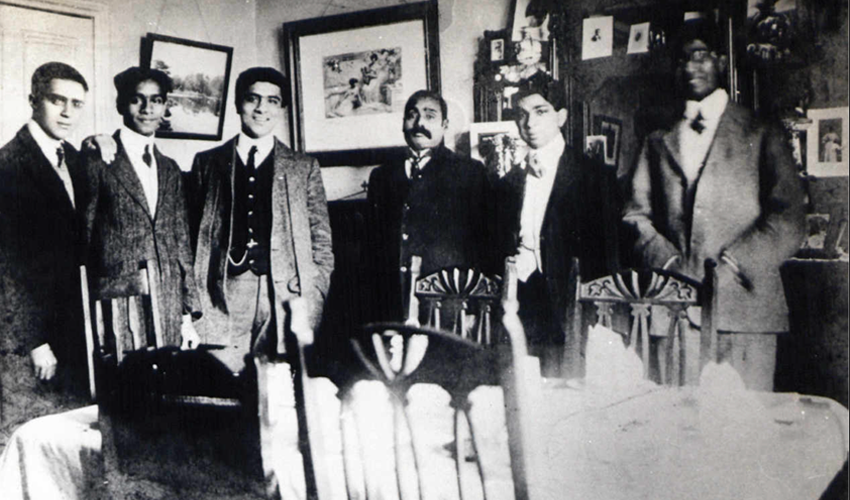
|
1865-1928 |
| Understanding Lajpat Rai’s Hindu Politics and Secularism | |
| 1935 Modern Review | |
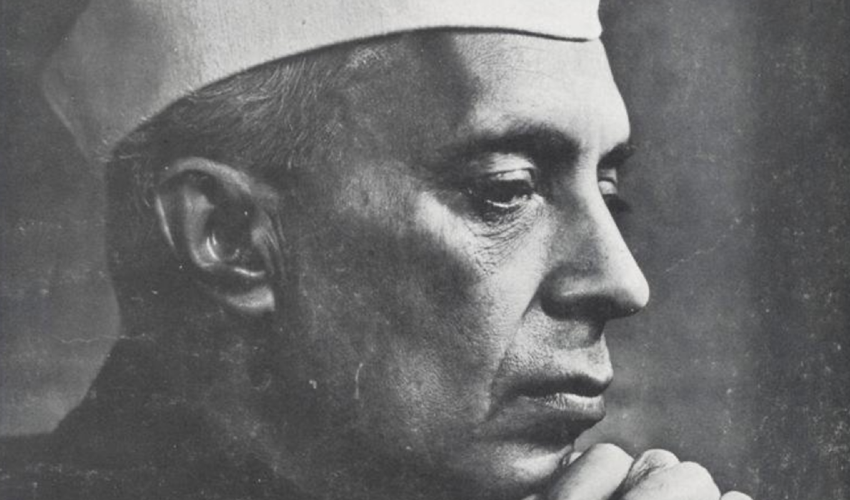
|
1935 |
| The Modern Review Special: The Mind of a Judge | |
| 1936 Modern Review | |
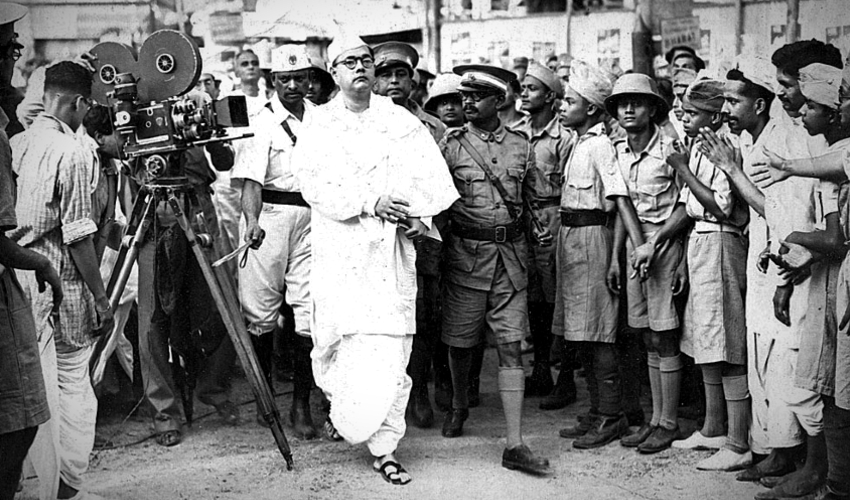
|
1936 |
| The Modern Review Special: When Netaji Subhas Bose Was Wrongfully Detained for ‘Terrorism’ | |
| 1936 | |

|
1936 |
| Annihilation of Caste: Part 1 | |
| 1936 Modern Review | |

|
1936 |
| The Modern Review Special: An Indian MP in the British Parliament | |
| 1936 | |

|
1936 |
| Annihilation of Caste: Part 2 | |
| 1936 | |

|
1936 |
| A Reflection of His Age: Munshi Premchand on the True Purpose of Literature | |
| 1936 Modern Review | |
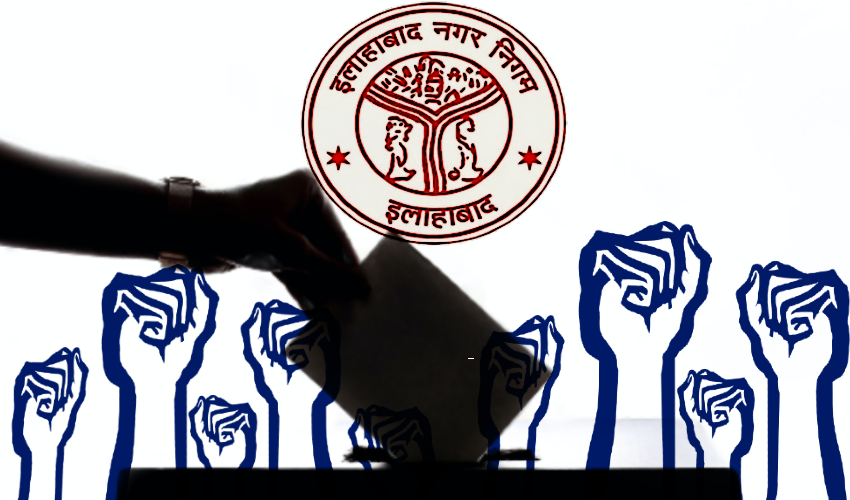
|
1936 |
| The Modern Review Special: The Defeat of a Dalit Candidate in a 1936 Municipal Election | |
| 1937 Modern Review | |
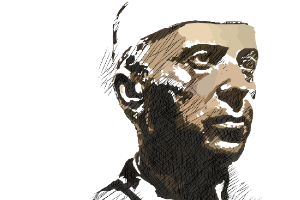
|
1937 |
| The Modern Review Special: Rashtrapati | |
| 1938 | |
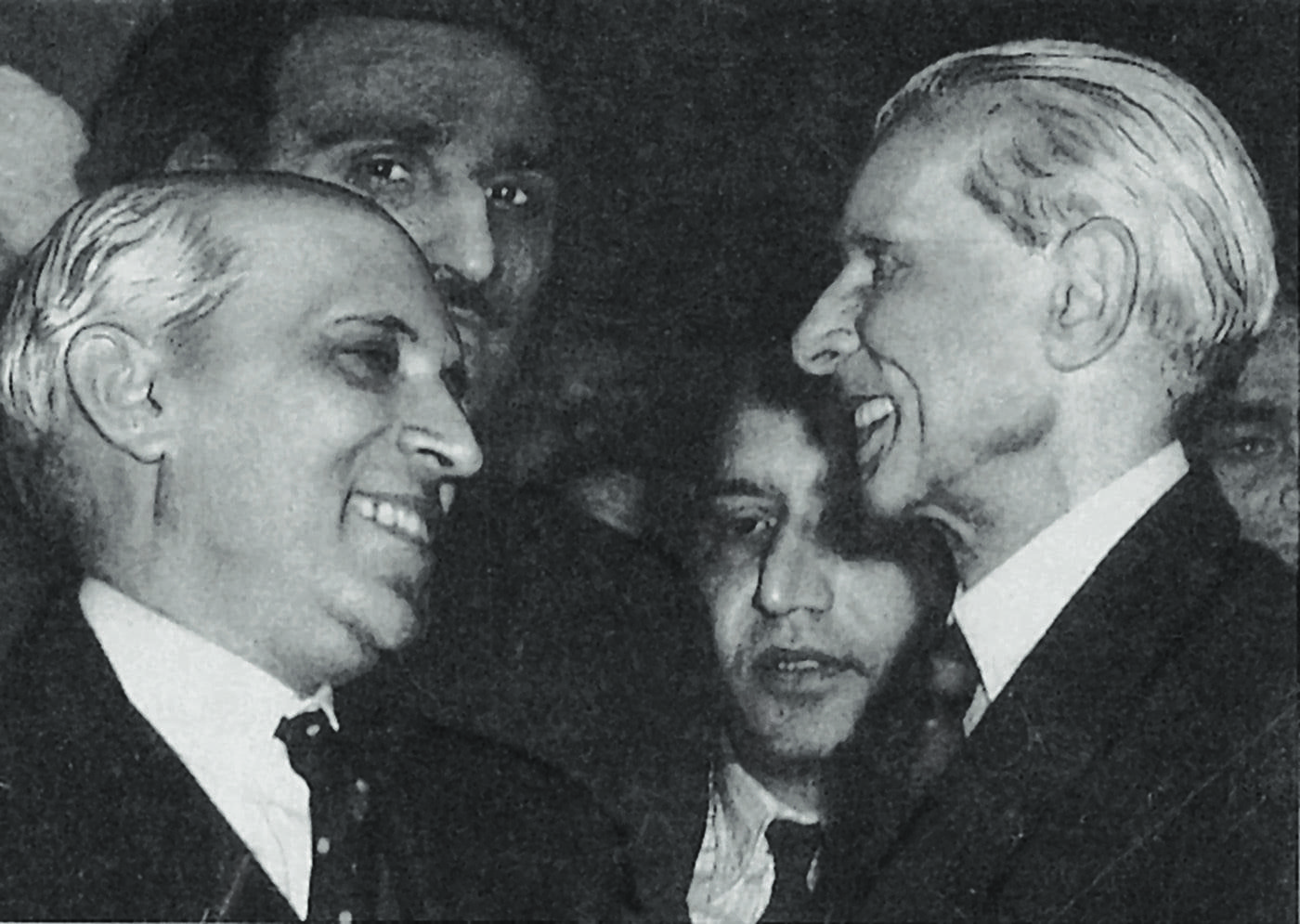
|
1938 |
| Great Debates: Nehru Vs. Jinnah (1938) | |
| 1942 Modern Review | |
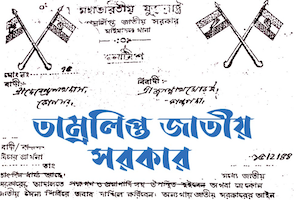
|
1942 |
| IHC Uncovers: A Parallel Government In British India (Part 1) | |
| 1943-1945 | |
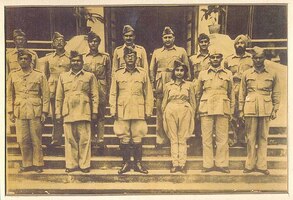
|
1943-1945 |
| Origin Of The Azad Hind Fauj | |
| 1942-1945 | |

|
1942-1945 |
| IHC Uncovers: A Parallel Government in British India (Part 2) | |
| 1946 | |
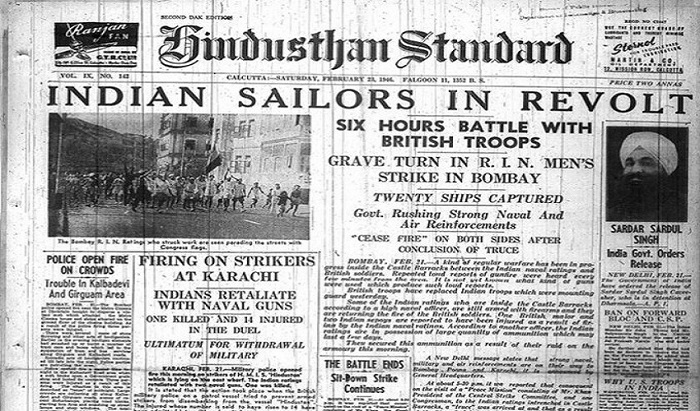
|
1946 |
| Our Last War of Independence: The Royal Indian Navy Mutiny of 1946 | |
| 1946 | |
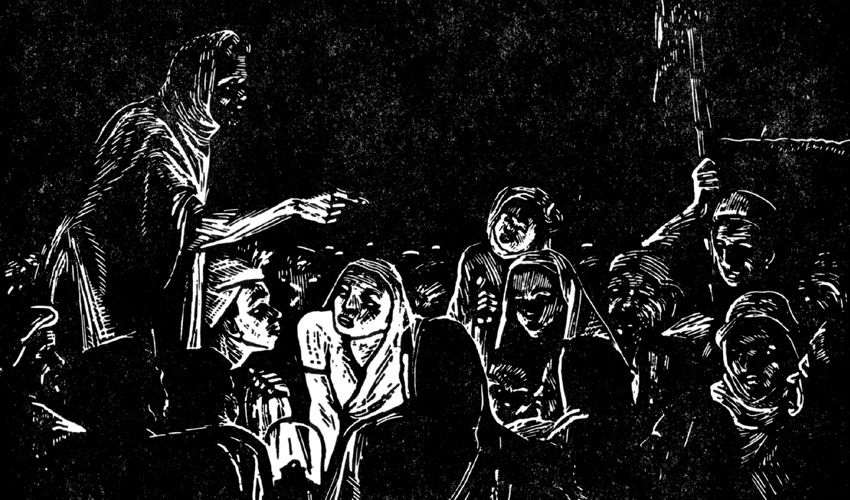
|
1946 |
| An Artist’s Account of the Tebhaga Movement in Pictures And Prose | |
| 1946 – 1947 | |
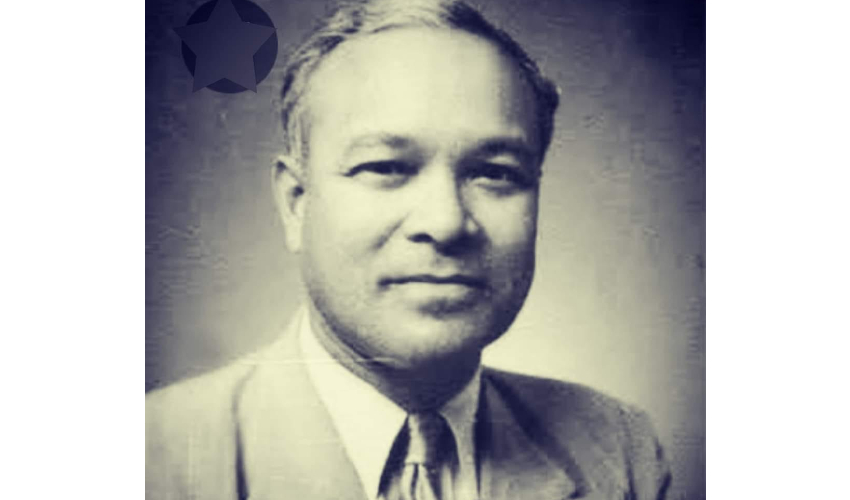
|
1946 – 1947 |
| “The Most Democratic People on Earth” : An Adivasi Voice in the Constituent Assembly | |
| 1946-1947 | |
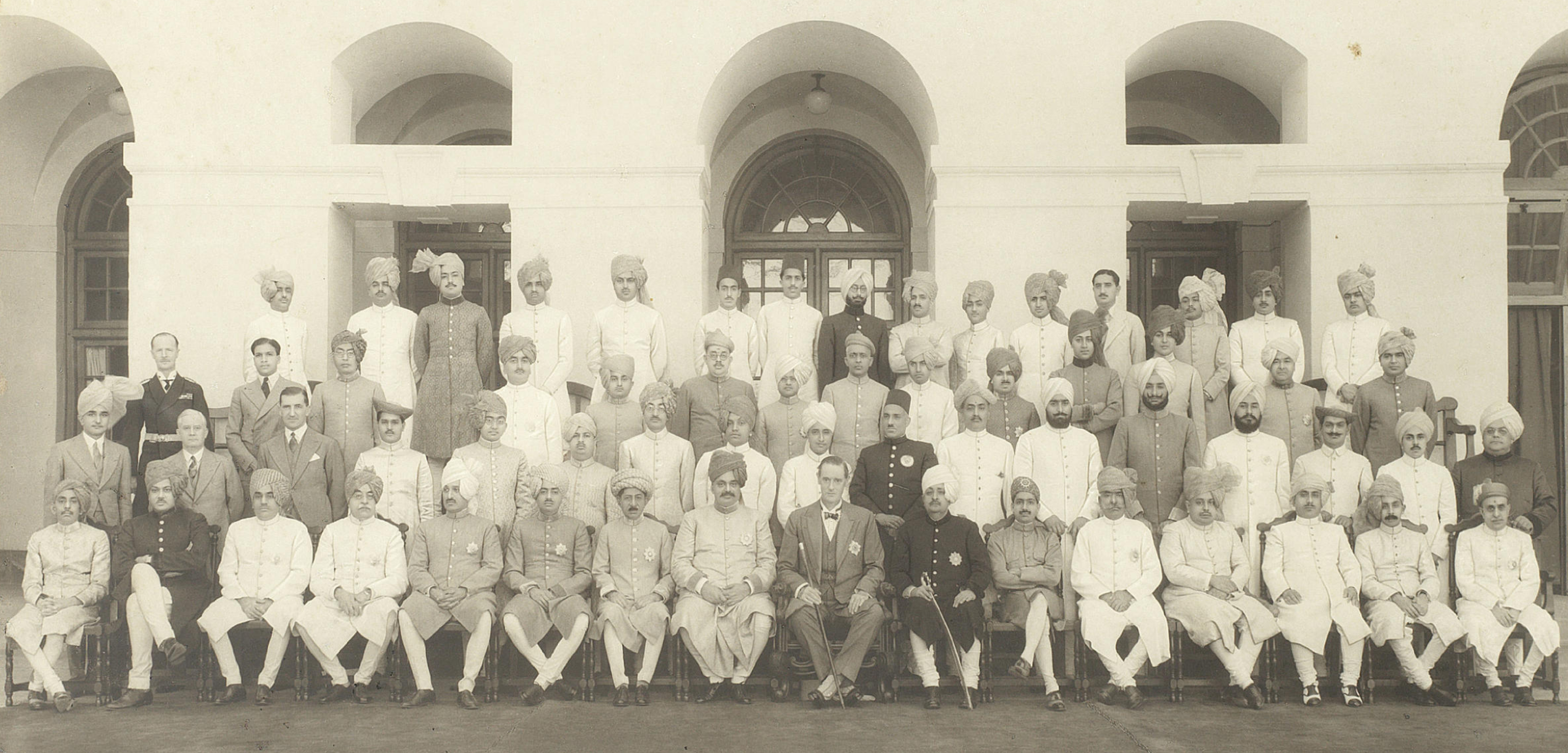
|
1946-1947 |
| VP Menon and the Birth of Independent India | |
| 1916 - 1947 | |
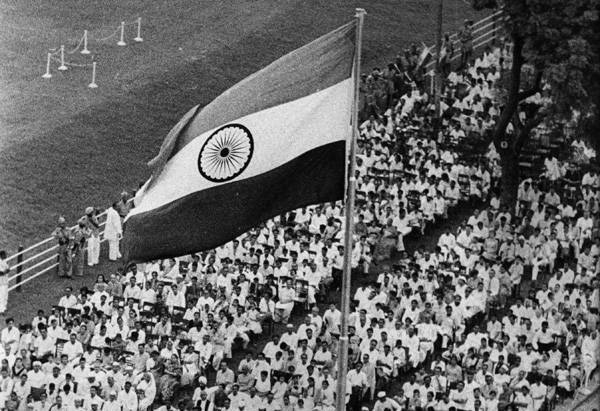
|
1916 - 1947 |
| 8 @ 75: 8 Speeches Independent Indians Must Read | |
| 1947-1951 | |
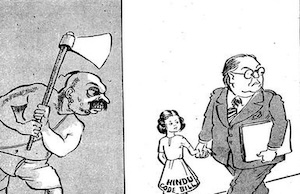
|
1947-1951 |
| Ambedkar Cartoons: The Joke’s On Us | |
| 1948 | |

|
1948 |
| “My Father, Do Not Rest” | |
| 1940-1960 | |

|
1940-1960 |
| Integration Myth: A Silenced History of Hyderabad | |
| 1948 | |
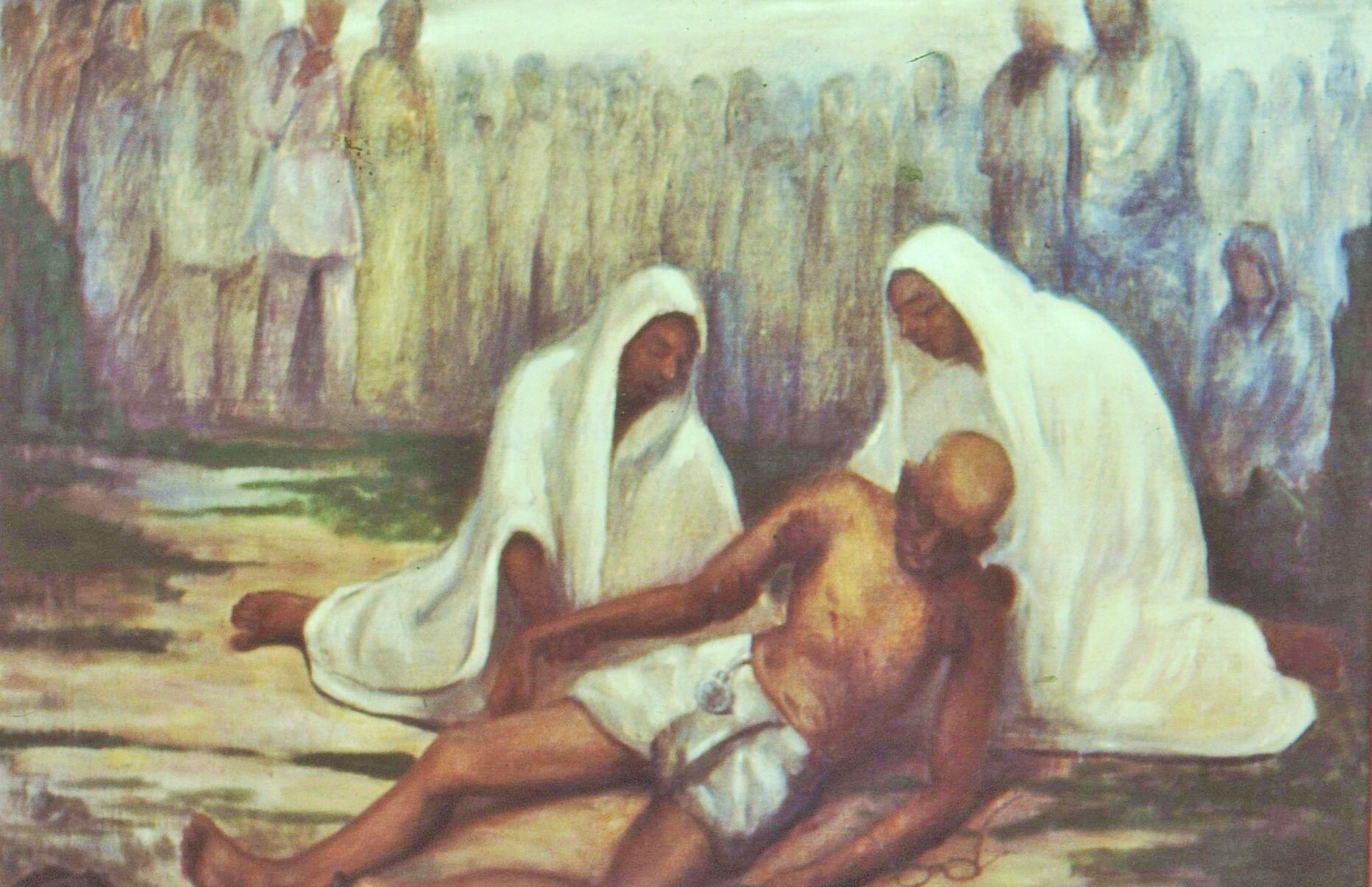
|
1948 |
| The Assassination of a Mahatma, the Princely States and the ‘Hindu’ Nation | |
| 1949 | |
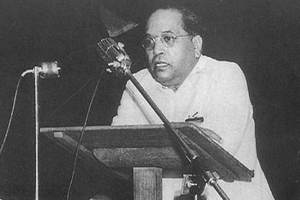
|
1949 |
| Ambedkar warns against India becoming a ‘Democracy in Form, Dictatorship in Fact’ | |
| 1950 | |
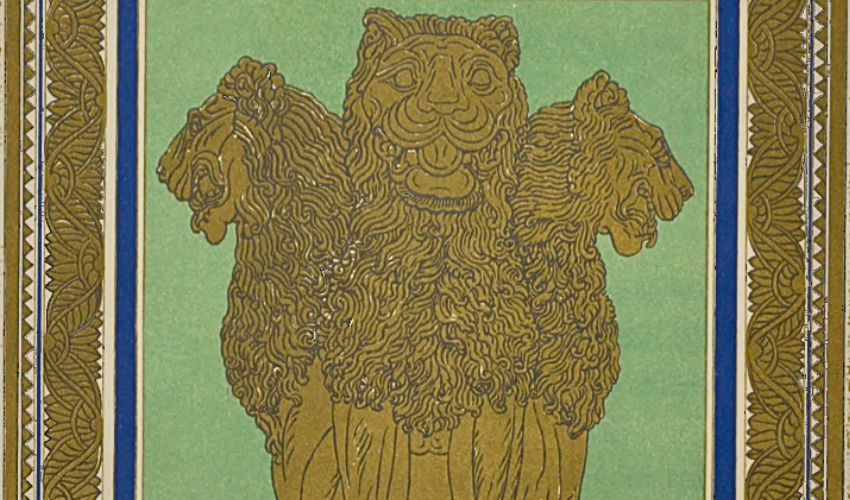
|
1950 |
| Illustrations from the constitution | |
| 1951 | |
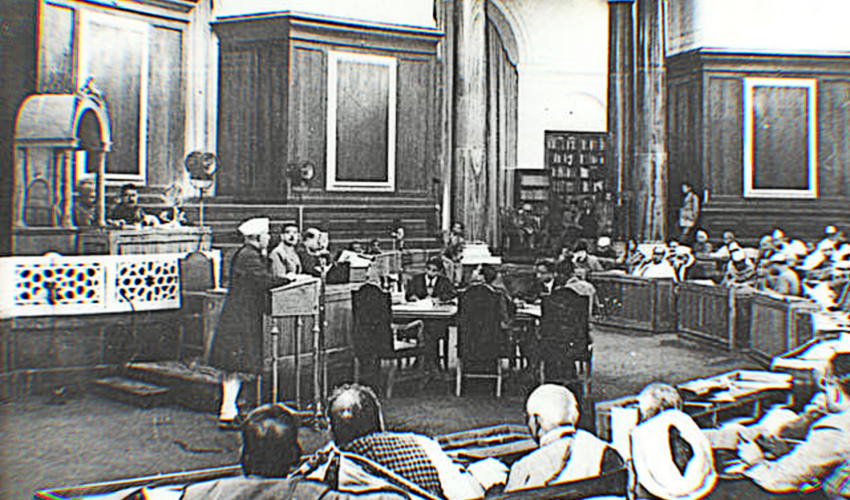
|
1951 |
| How the First Amendment to the Indian Constitution Circumscribed Our Freedoms & How it was Passed | |
| 1967 | |
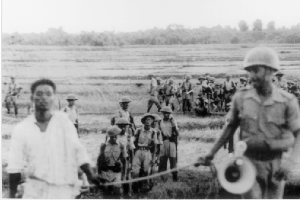
|
1967 |
| Once Upon A Time In Naxalbari | |
| 1970 | |
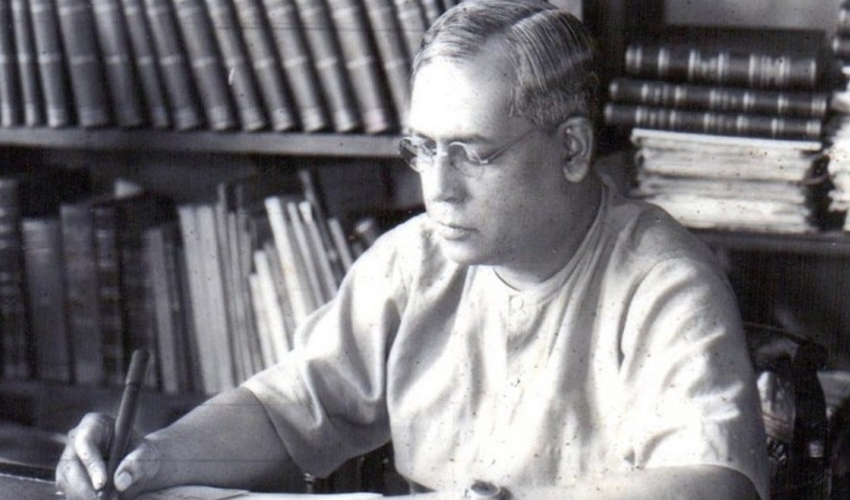
|
1970 |
| R.C. Majumdar on Shortcomings in Indian Historiography | |
| 1973 - 1993 | |
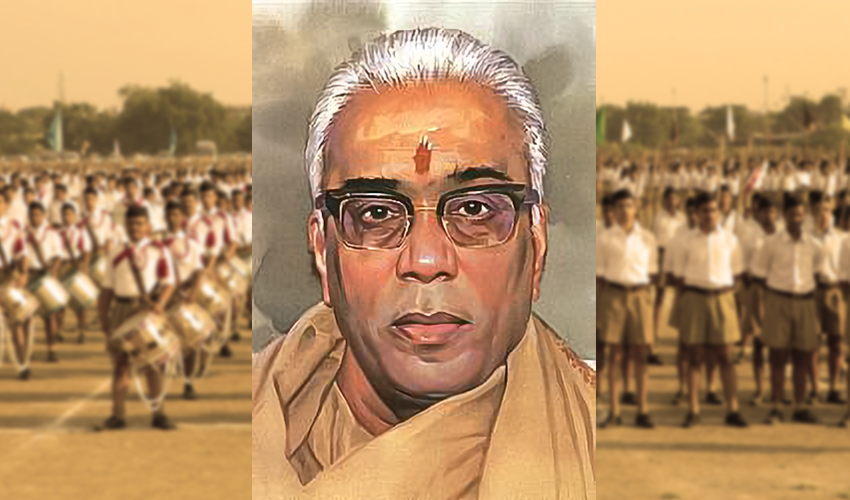
|
1973 - 1993 |
| Balasaheb Deoras: Kingmaker of the Sangh | |
| 1975 | |
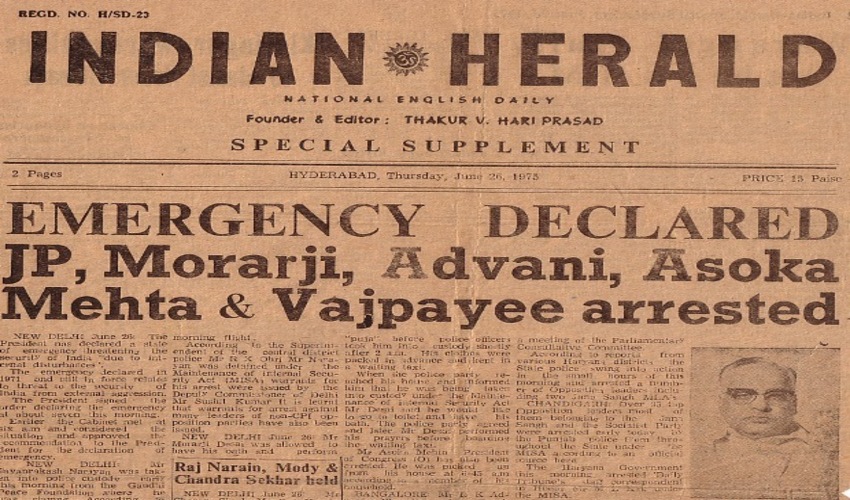
|
1975 |
| The Emergency Package: Shadow Power | |
| 1975 | |
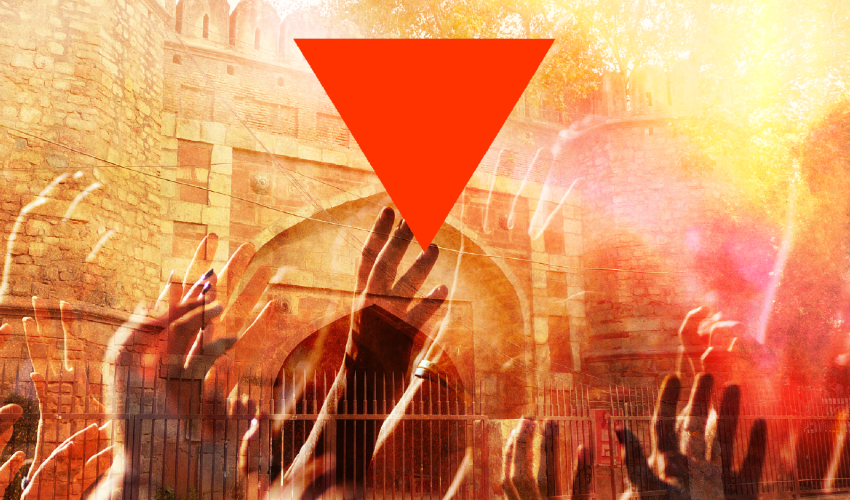
|
1975 |
| The Emergency Package: The Prehistory of Turkman Gate – Population Control | |
| 1977 – 2011 | |
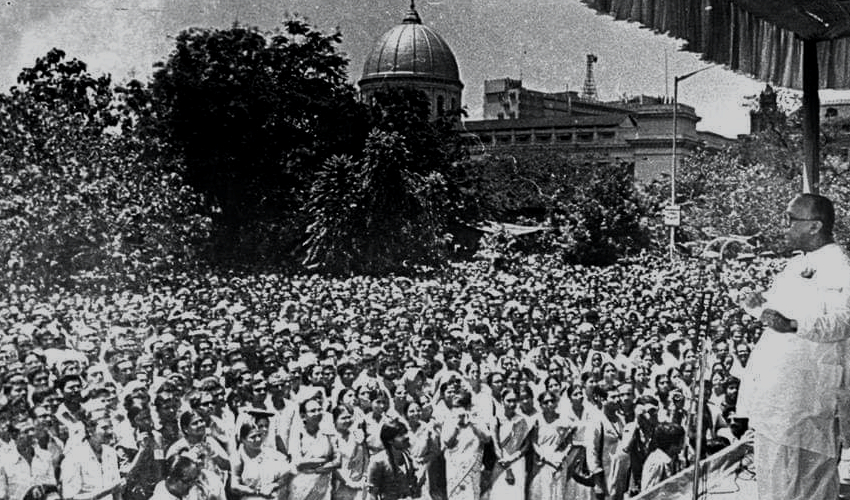
|
1977 – 2011 |
| Power is an Unforgiving Mistress: Lessons from the Decline of the Left in Bengal | |
| 1984 | |
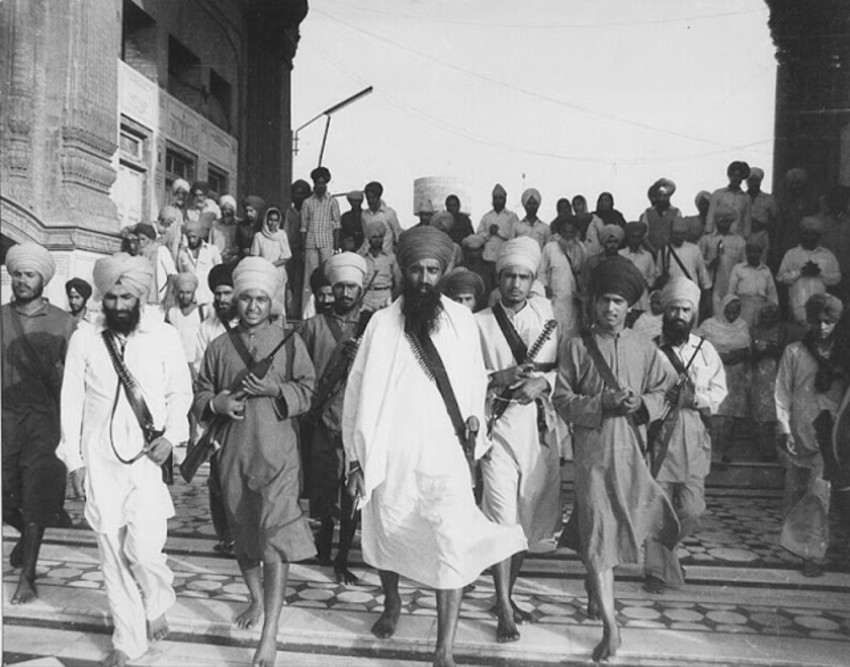
|
1984 |
| Mrs Gandhi’s Final Folly: Operation Blue Star | |
| 1916-2004 | |

|
1916-2004 |
| Amjad Ali Khan on M.S. Subbulakshmi: “A Glorious Chapter for Indian Classical Music” | |
| 2008 | |
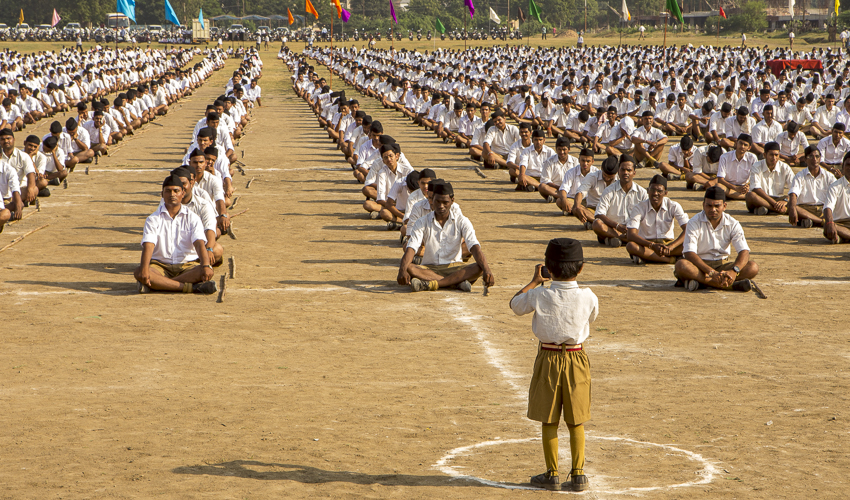
|
2008 |
| Whose History Textbook Is It Anyway? | |
| 2006 - 2009 | |

|
2006 - 2009 |
| Singur-Nandigram-Lalgarh: Movements that Remade Mamata Banerjee | |
| 2020 | |

|
2020 |
| The Indo-China Conflict: 10 Books We Need To Read | |
| 2021 | |
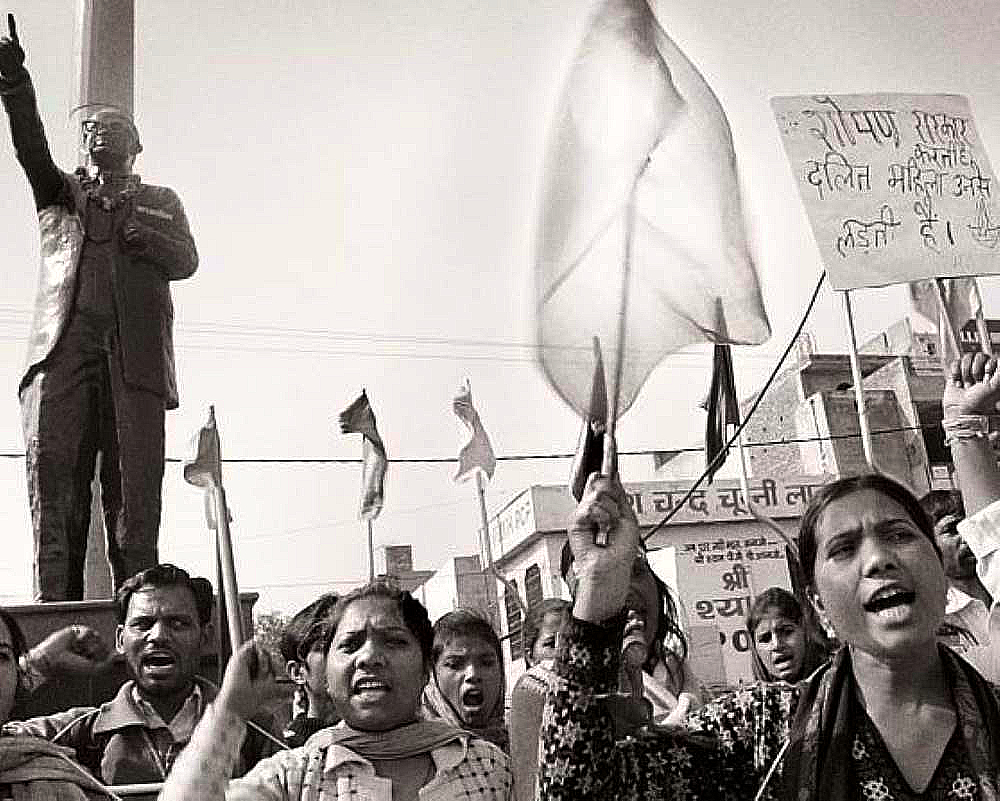
|
2021 |
| Singing/Writing Liberation: Dalit Women’s Narratives | |
Leave a Reply